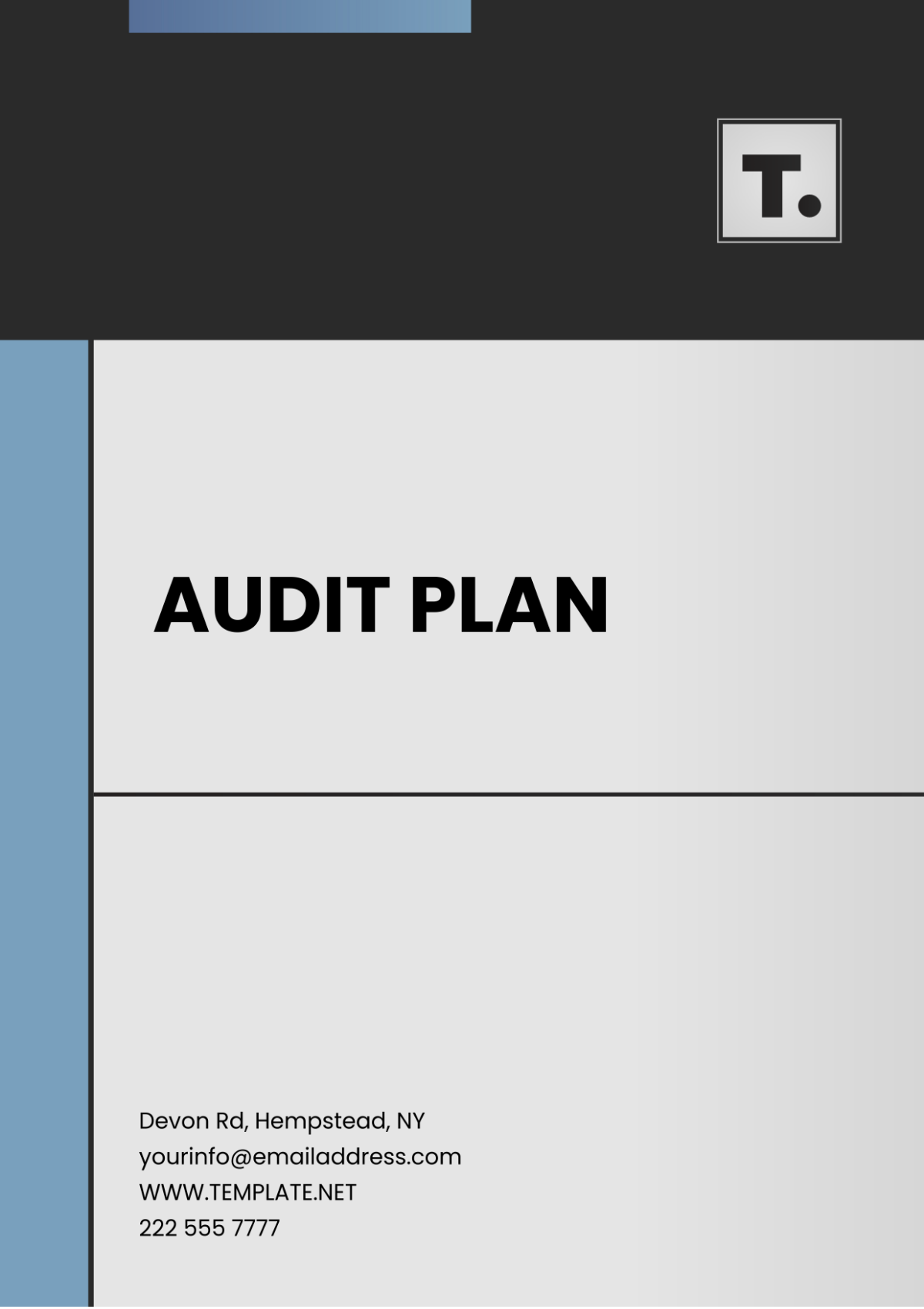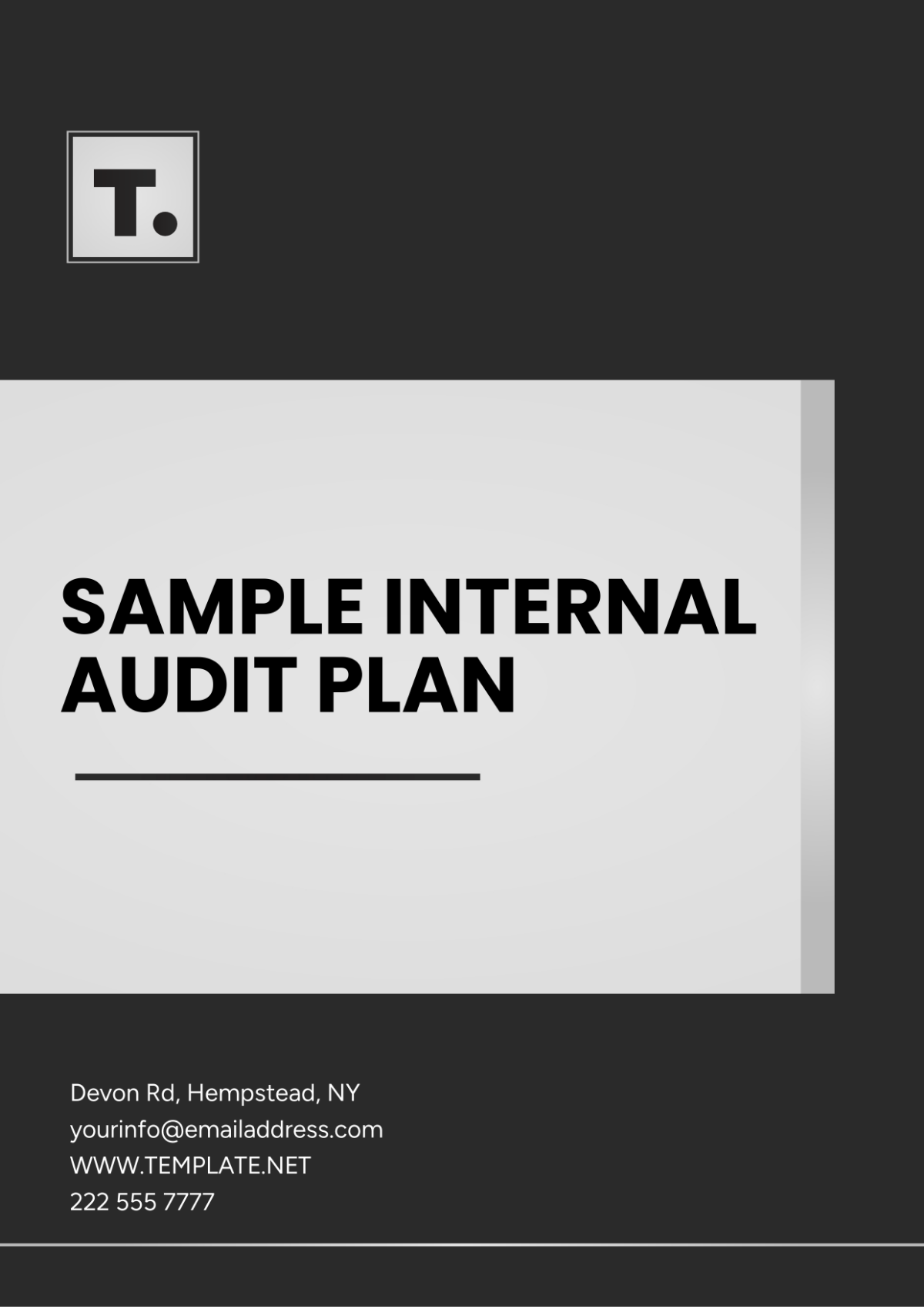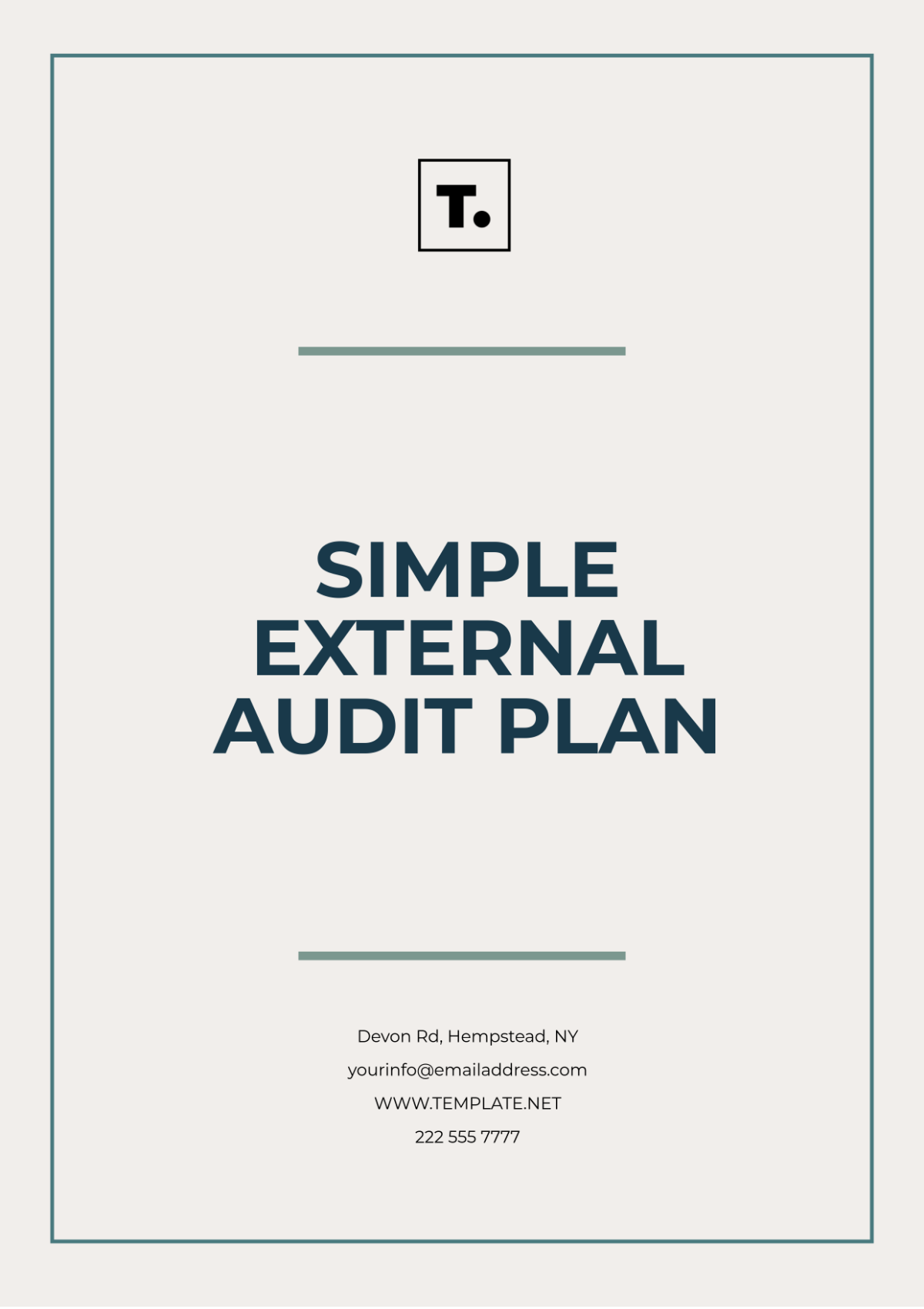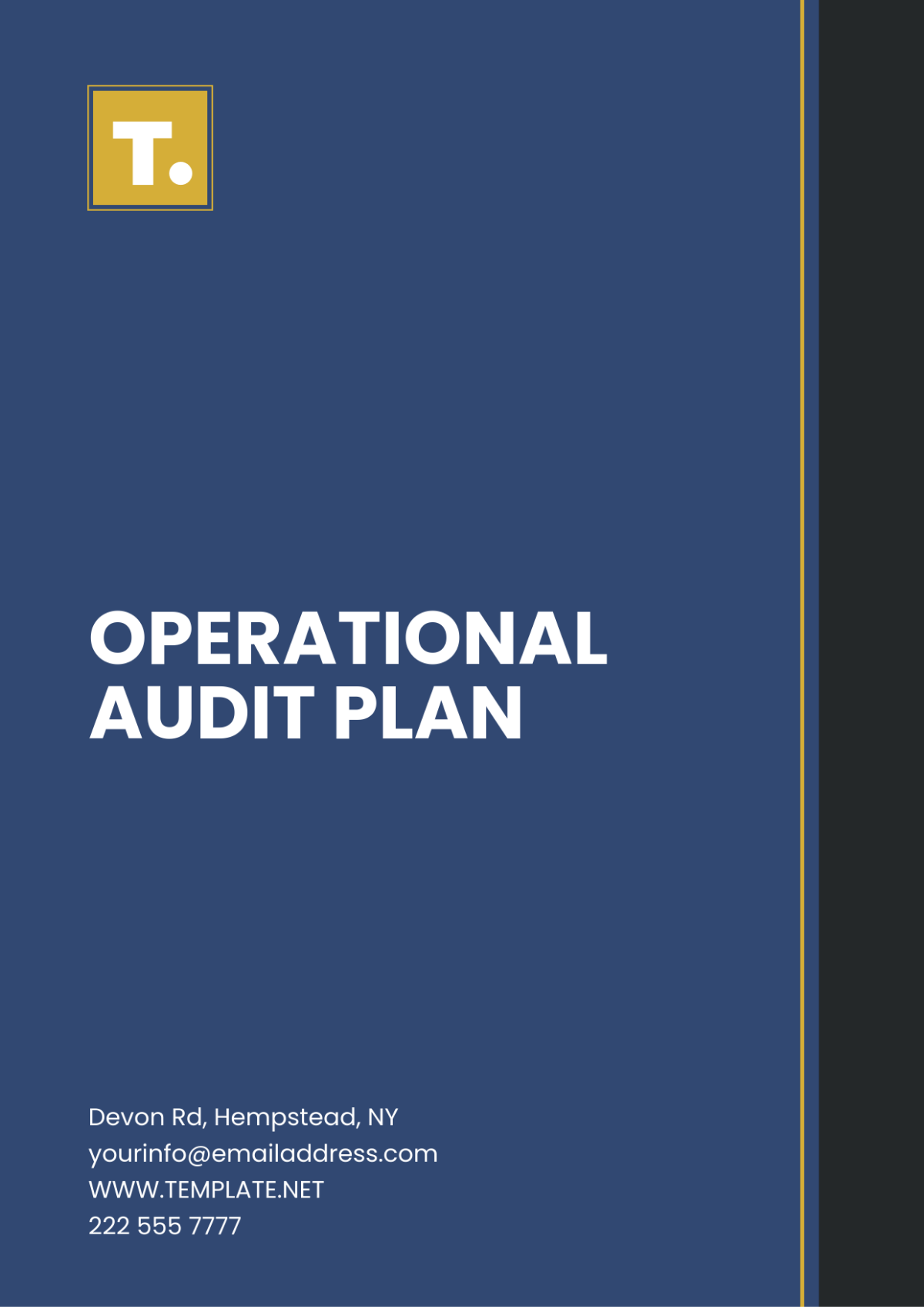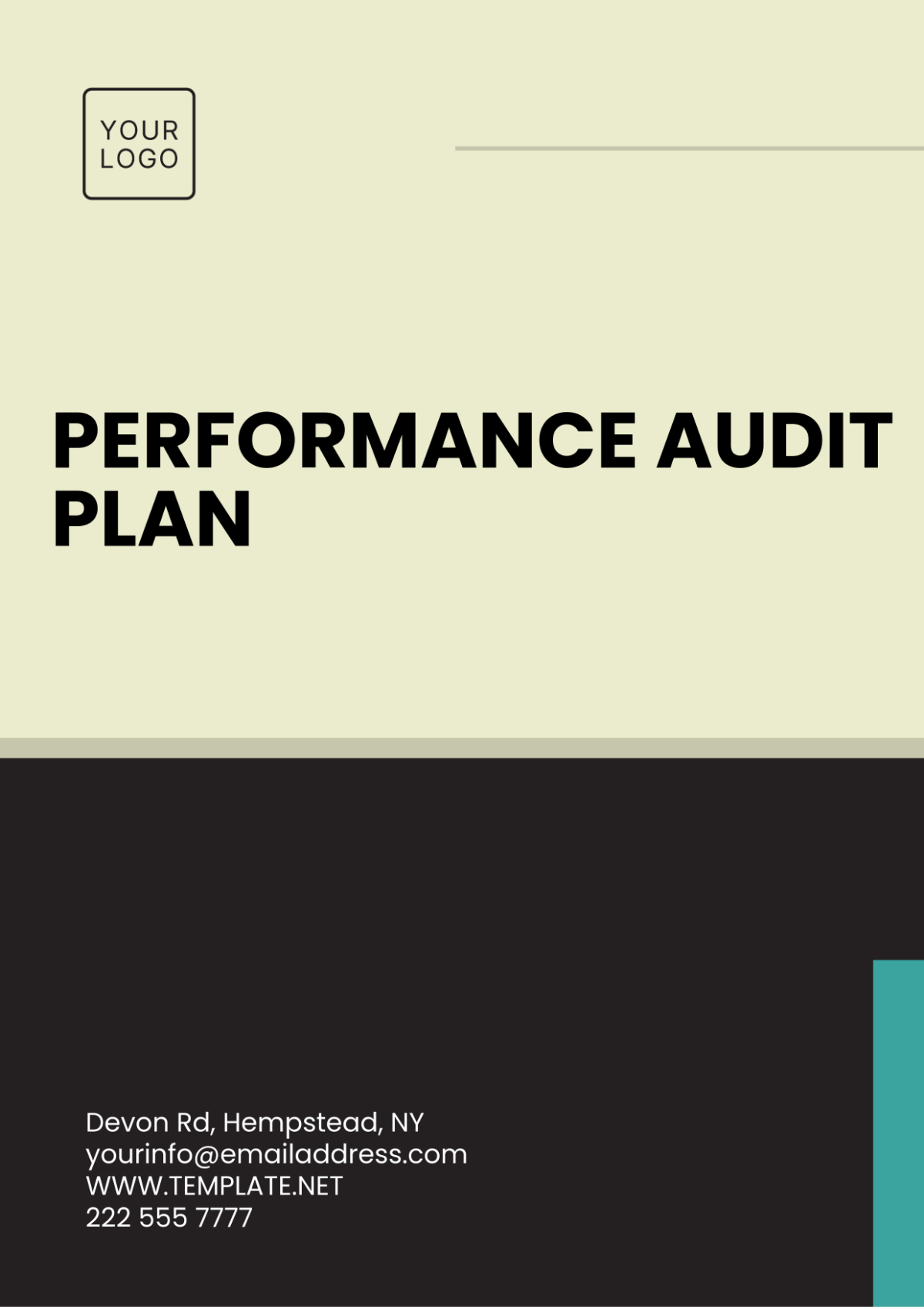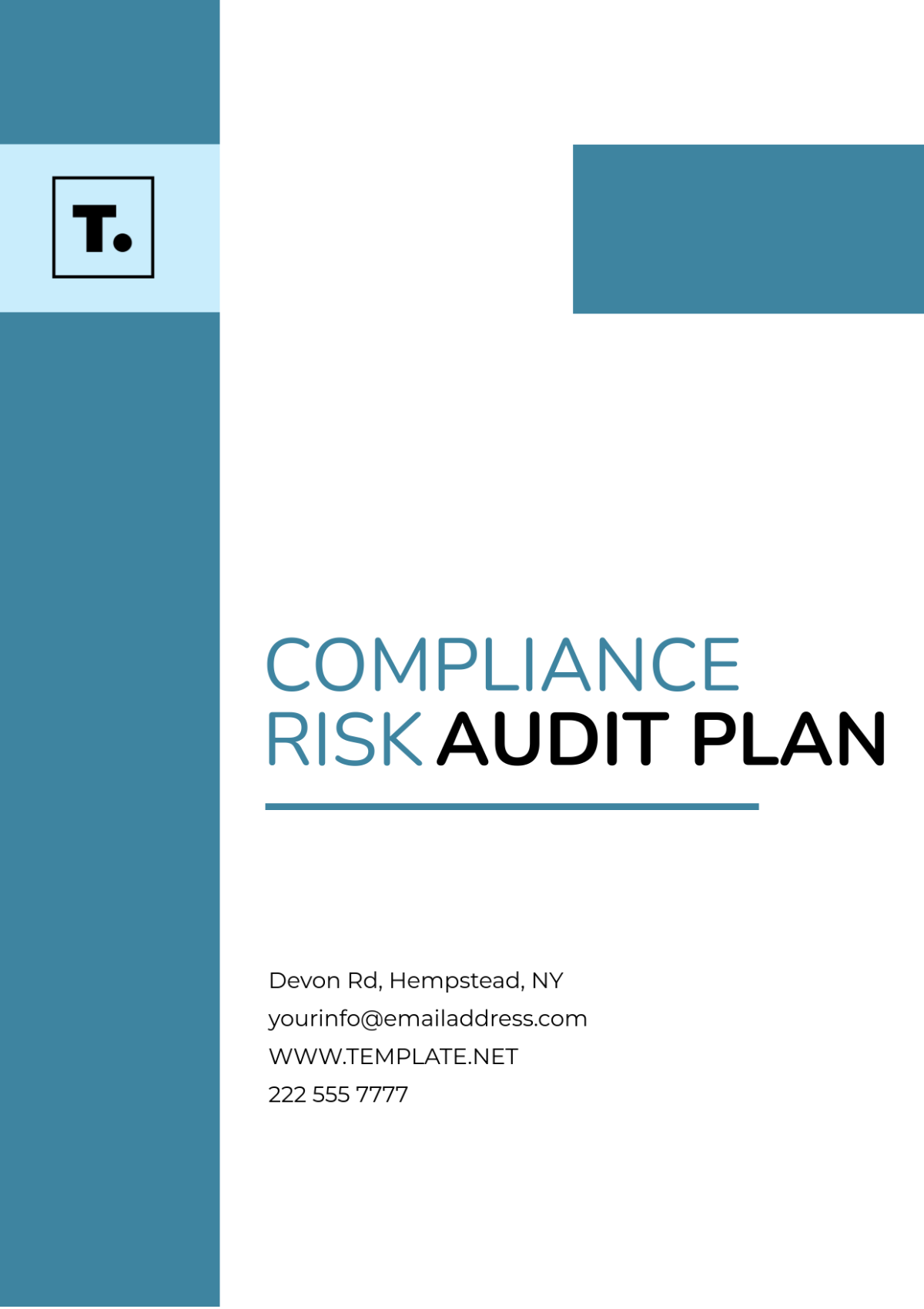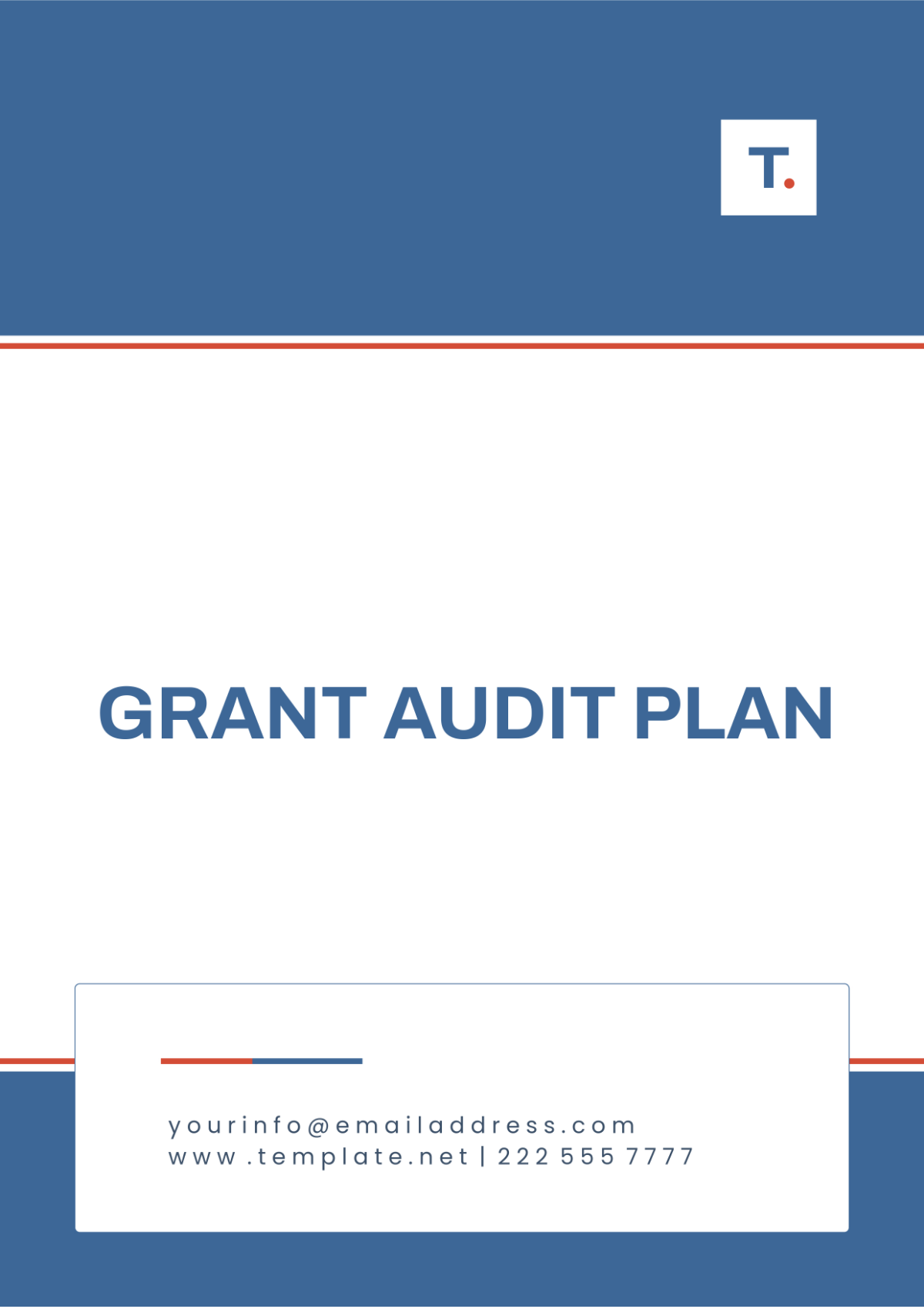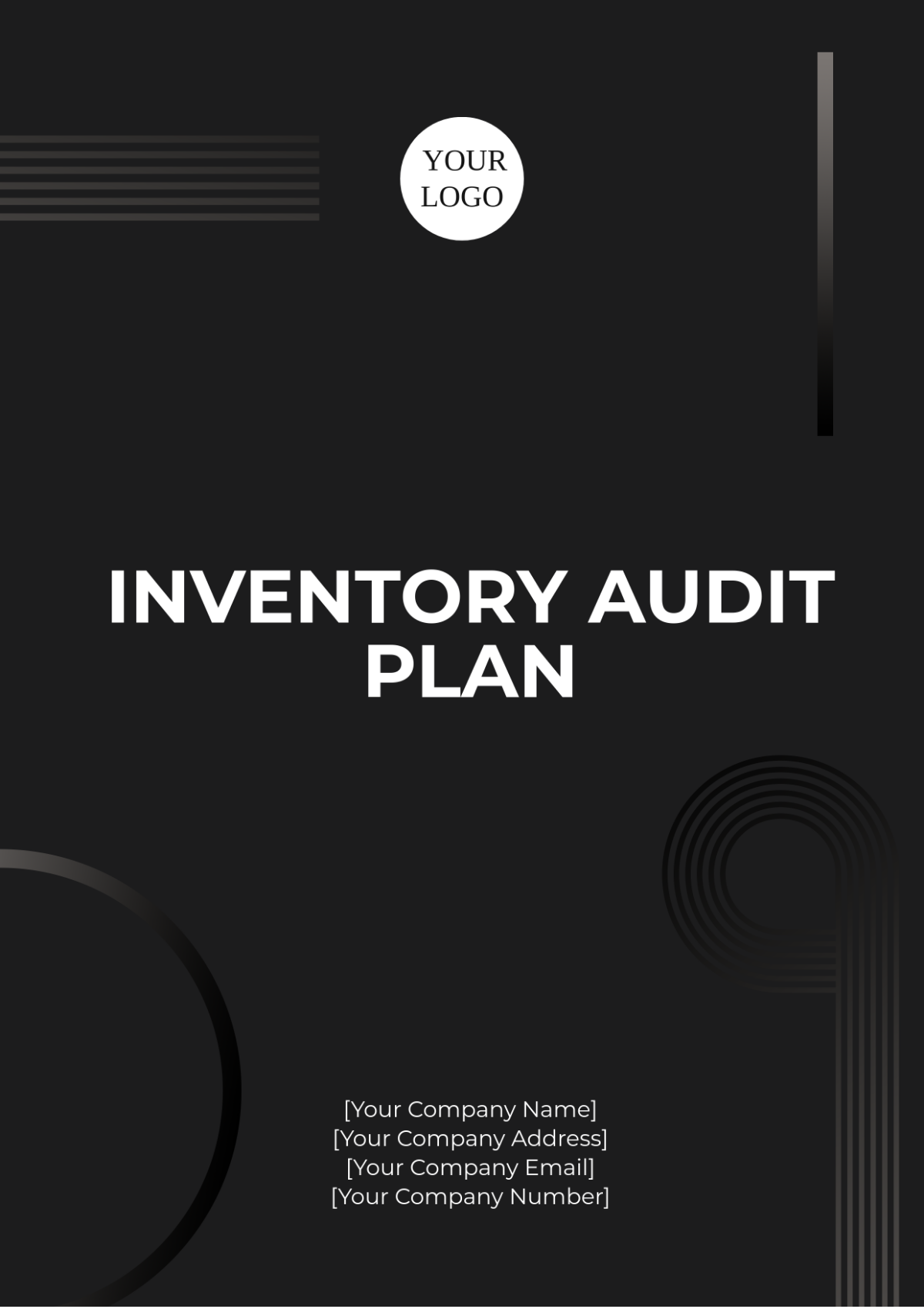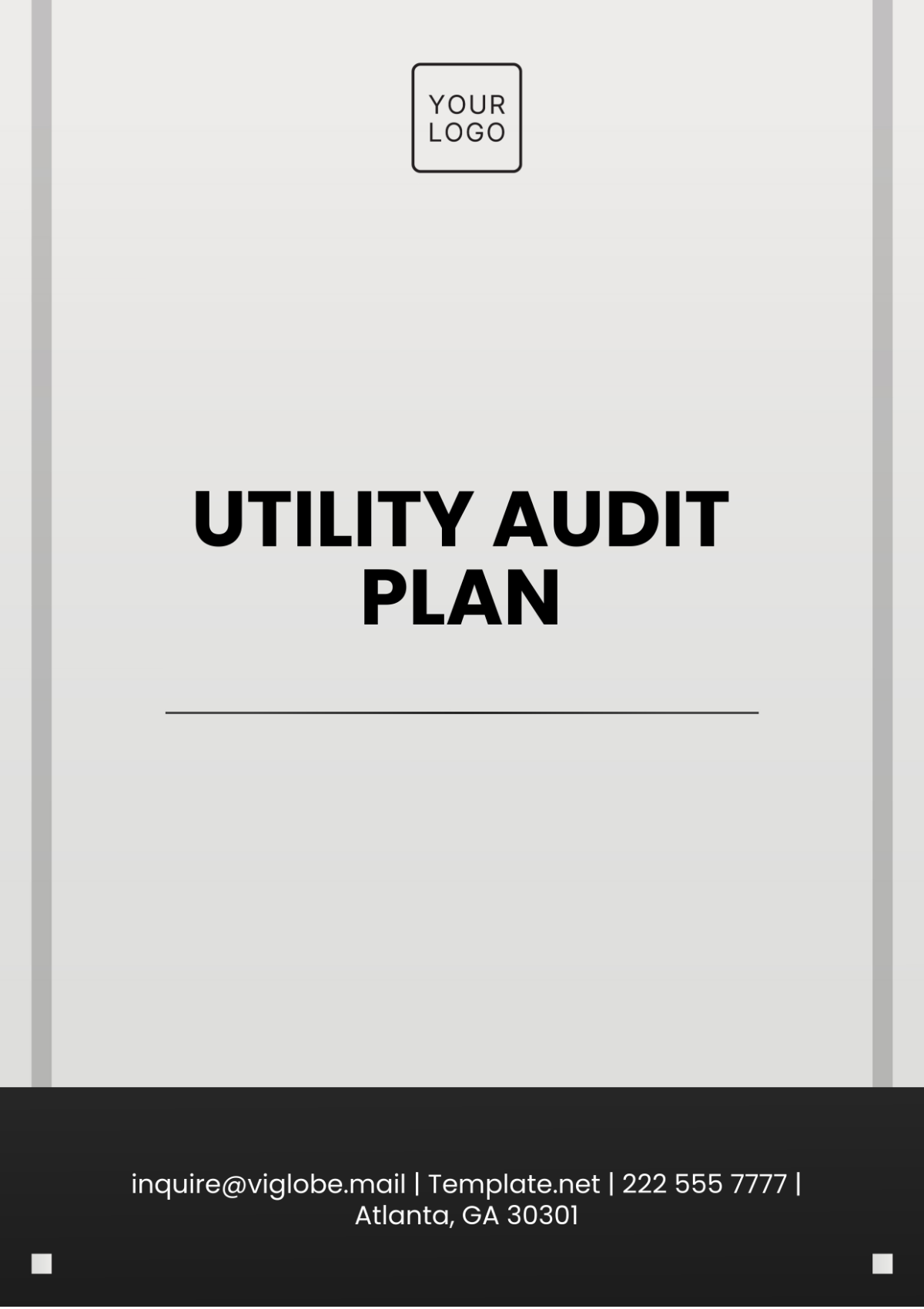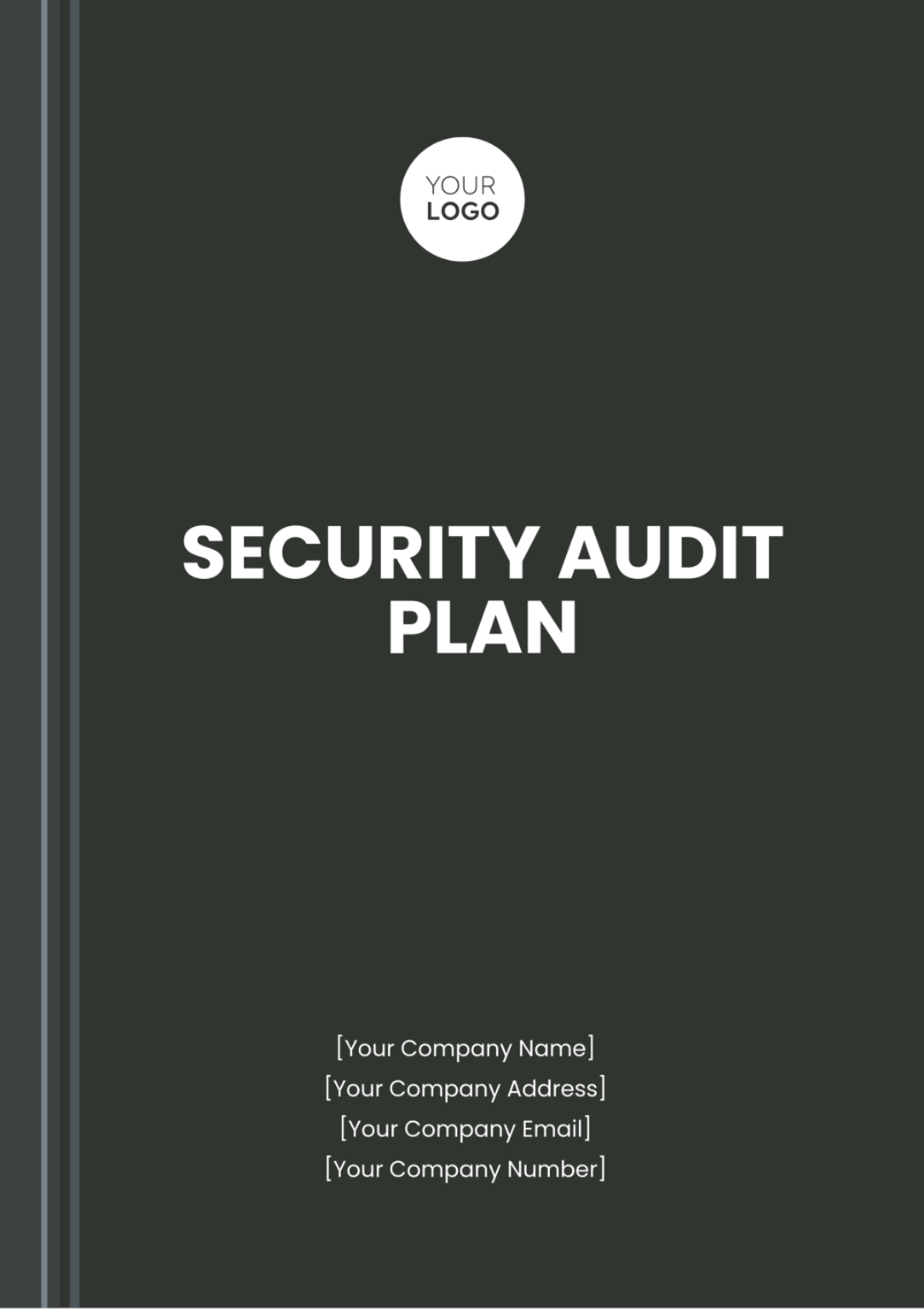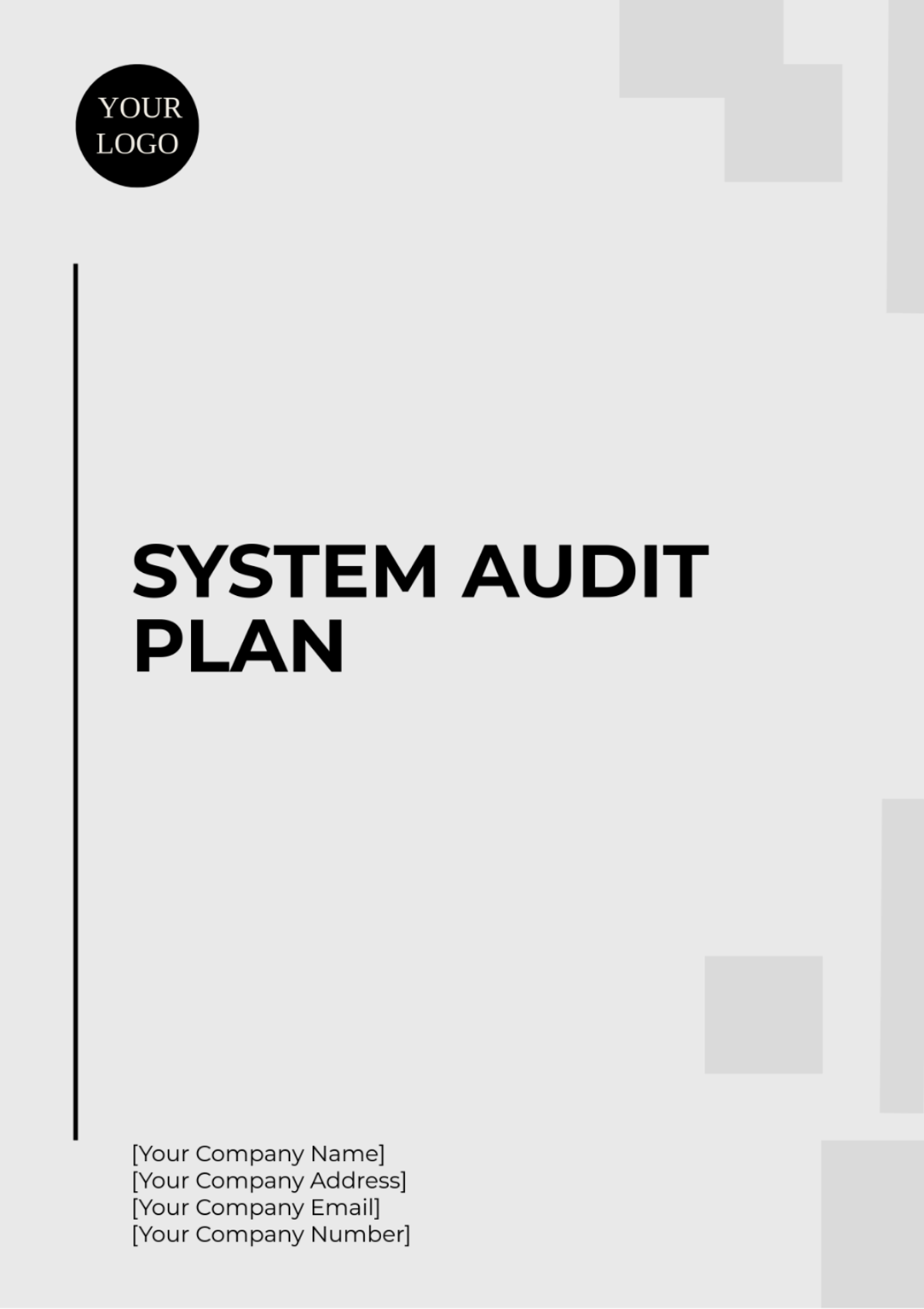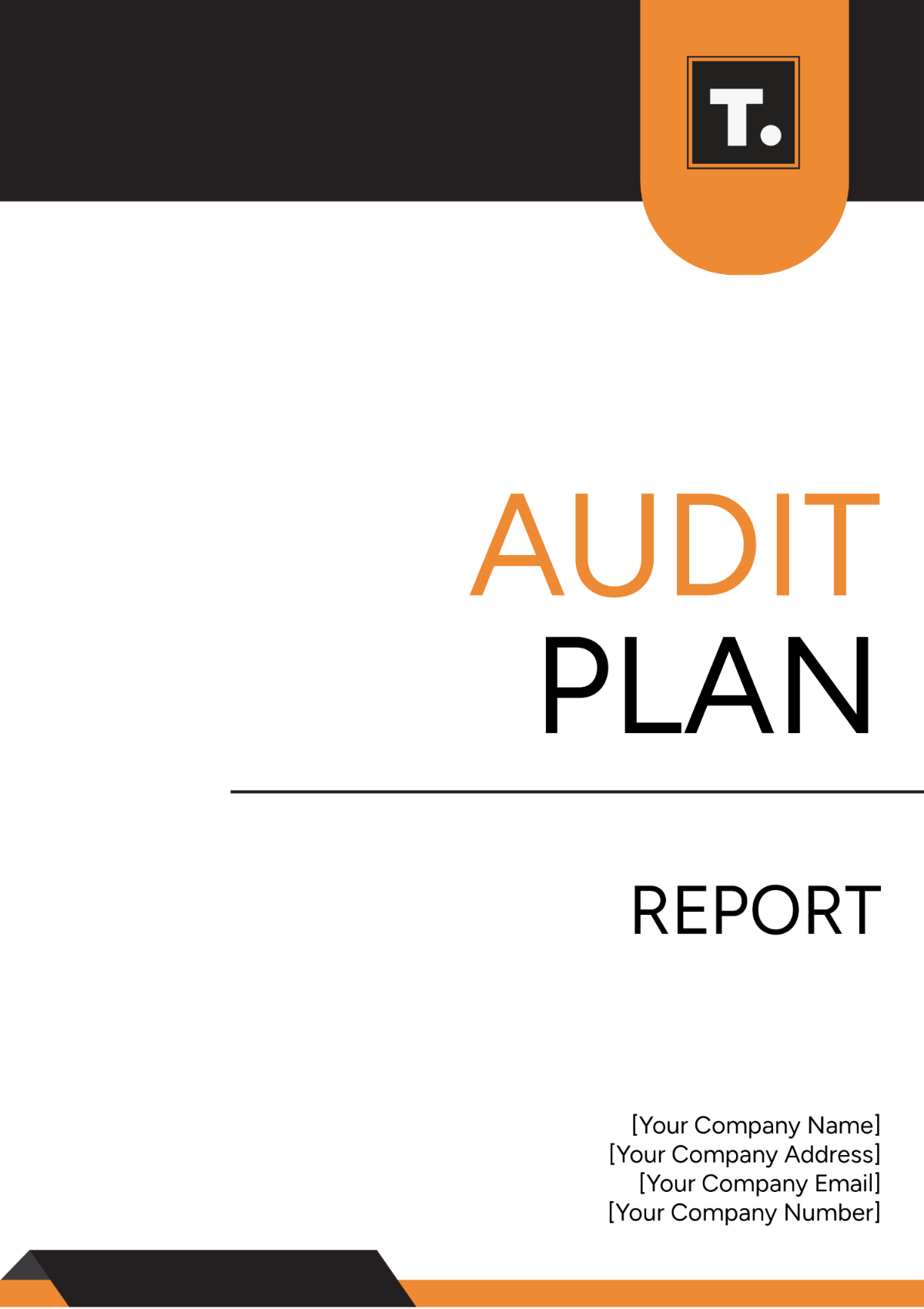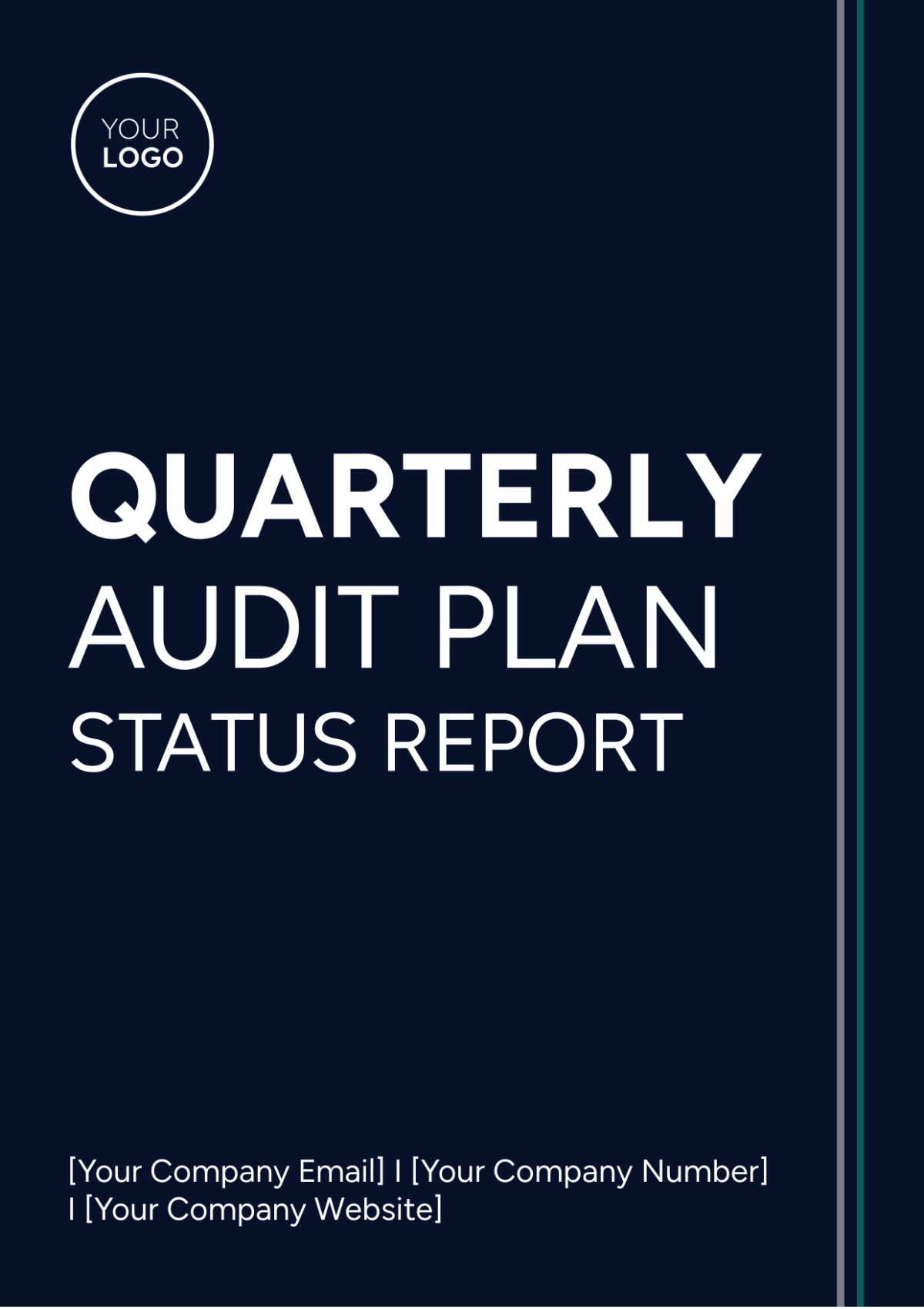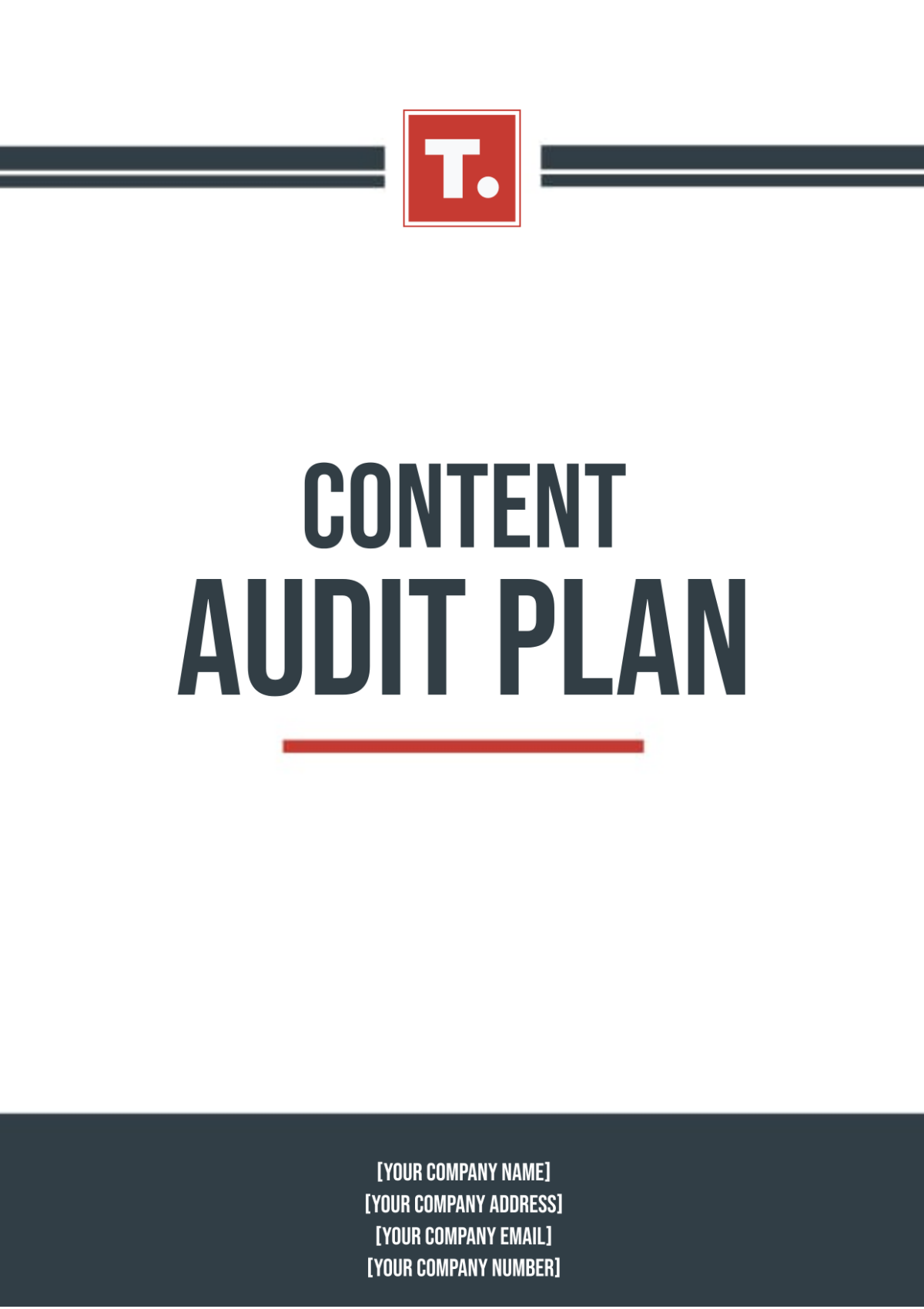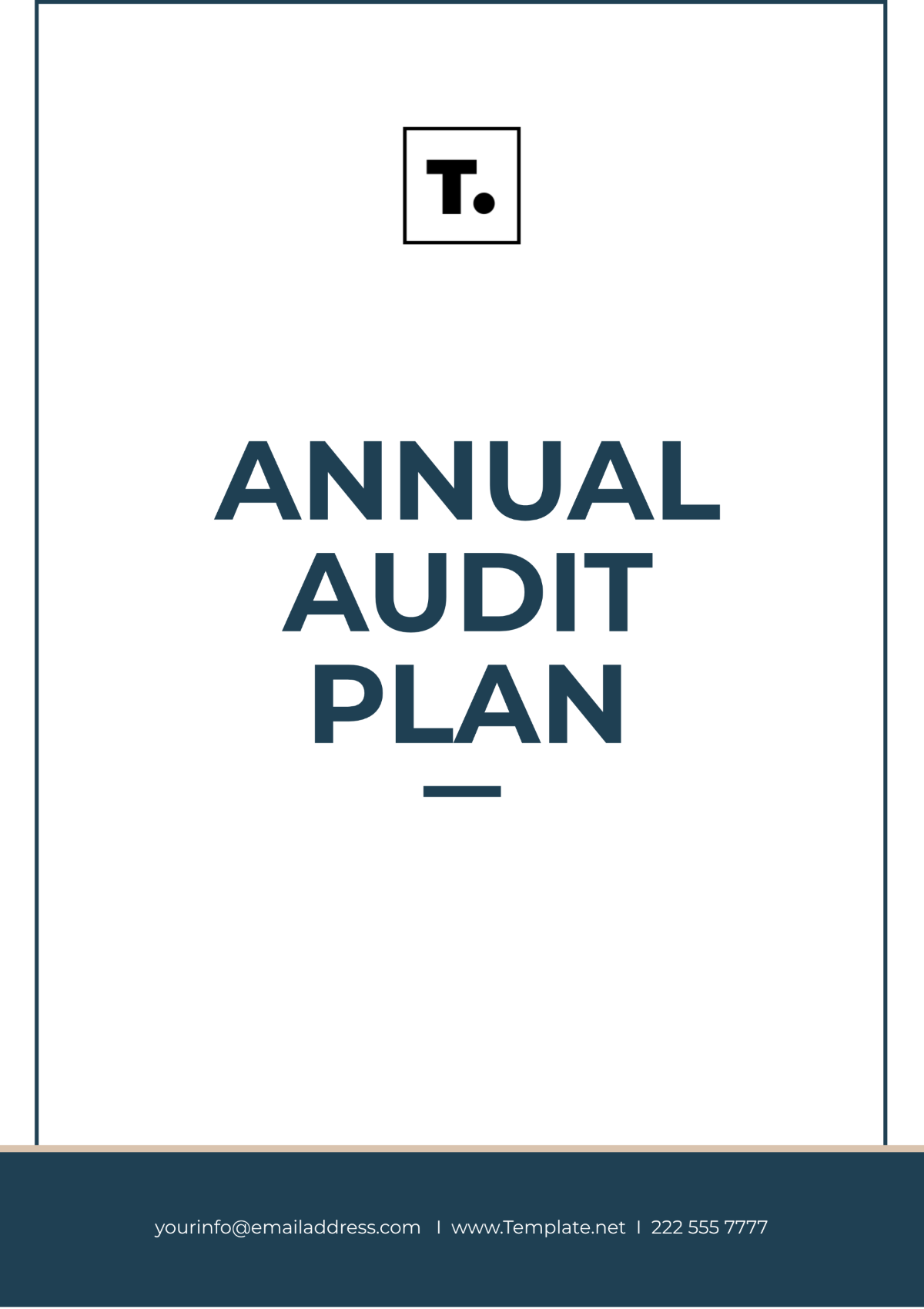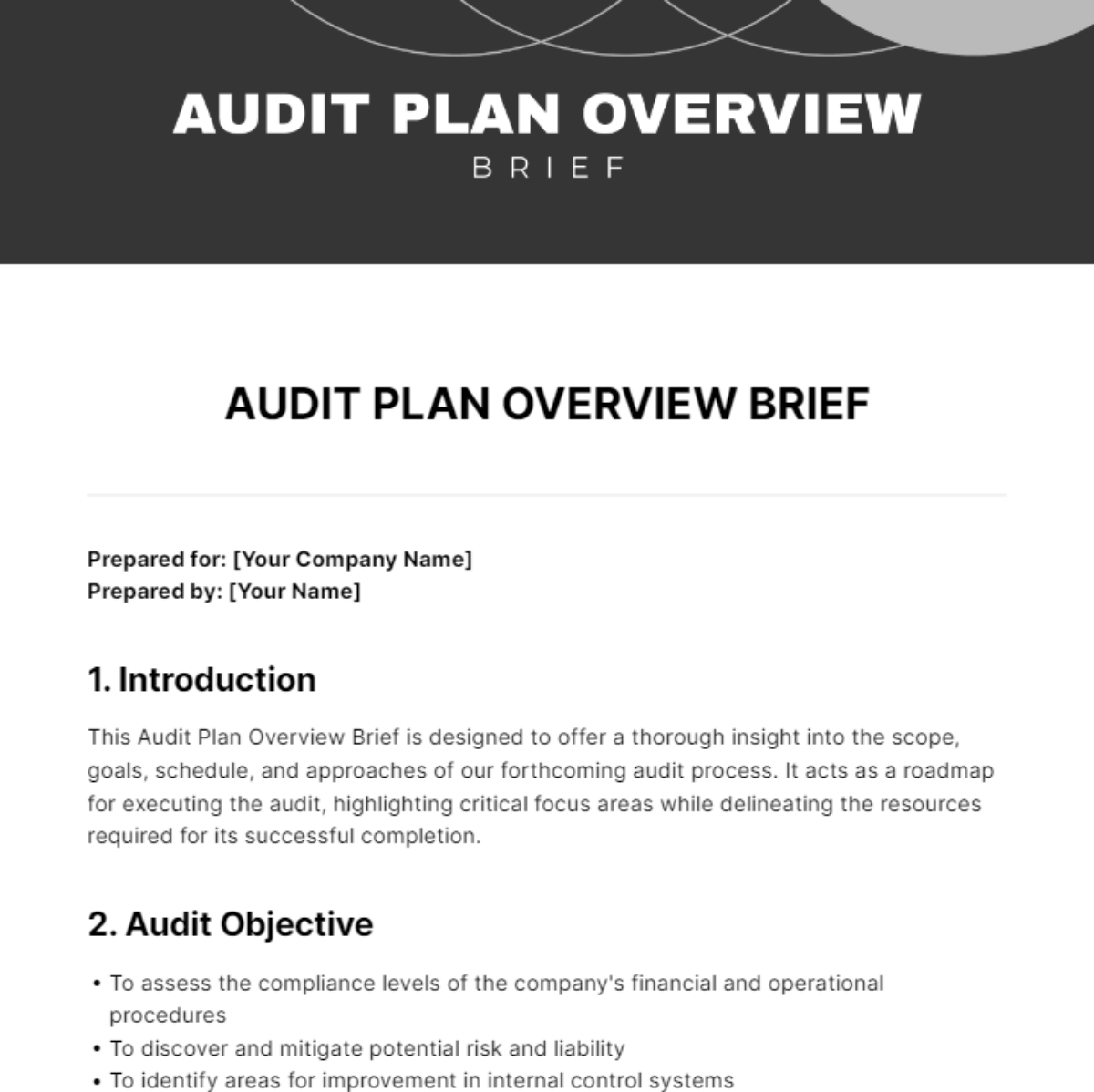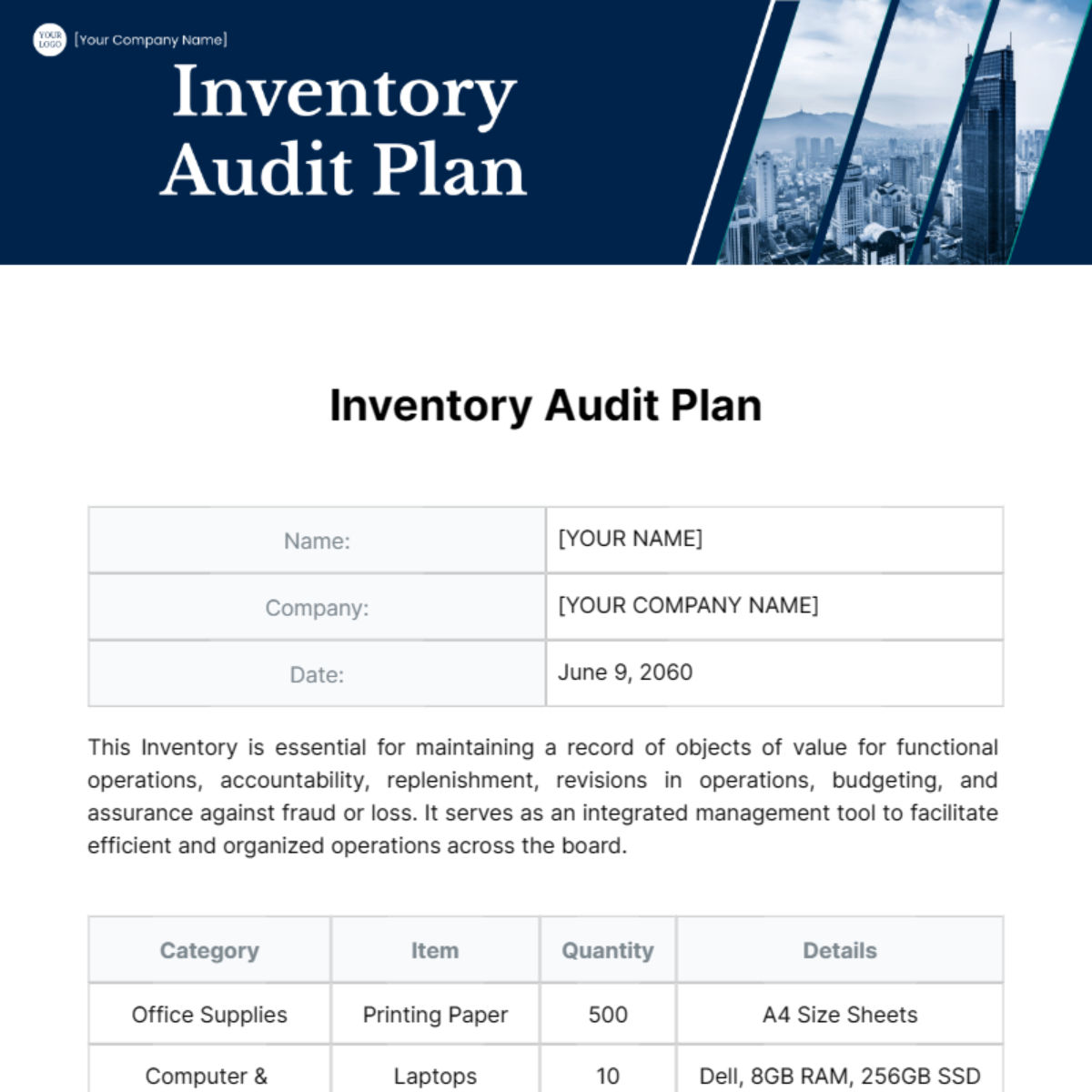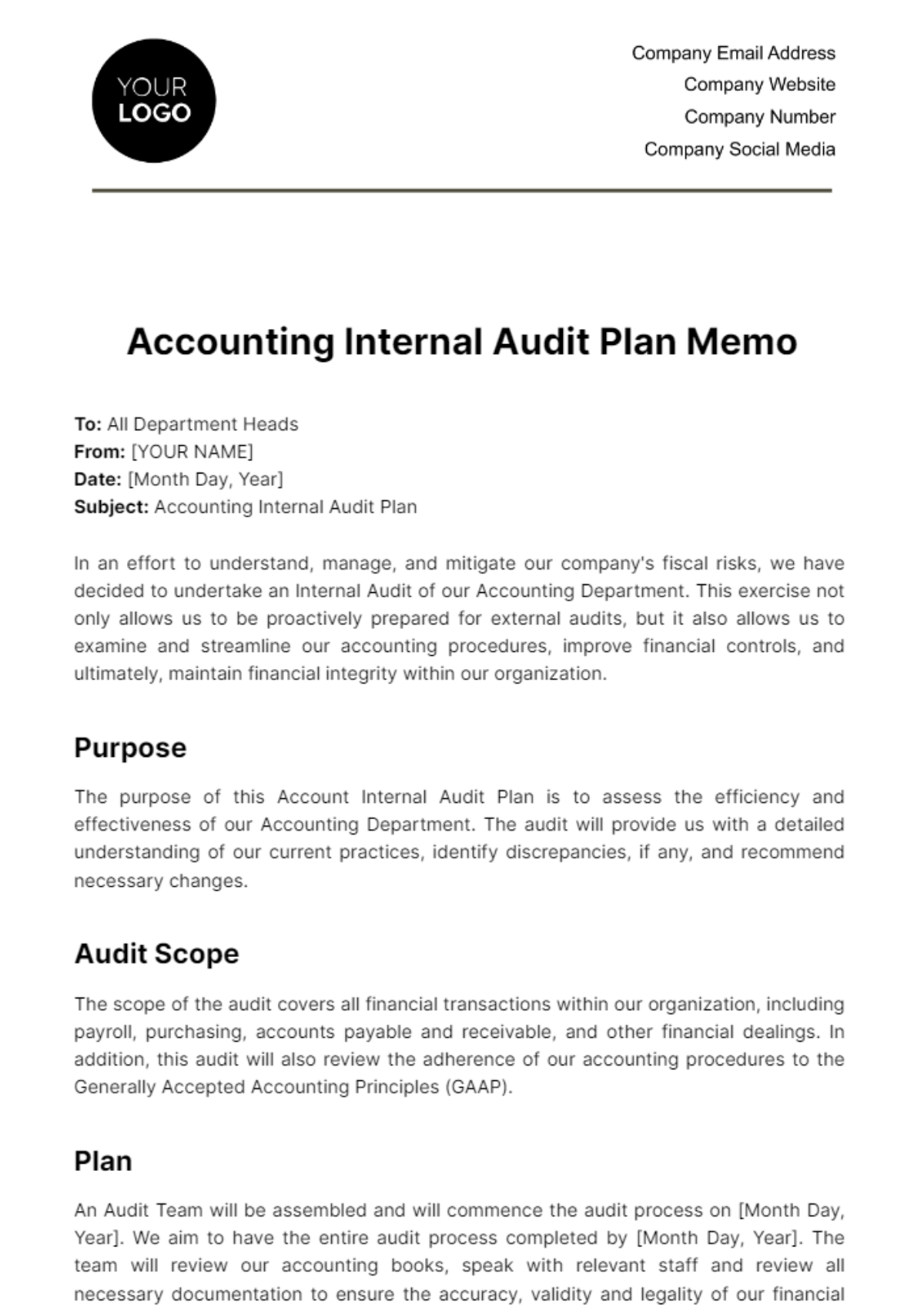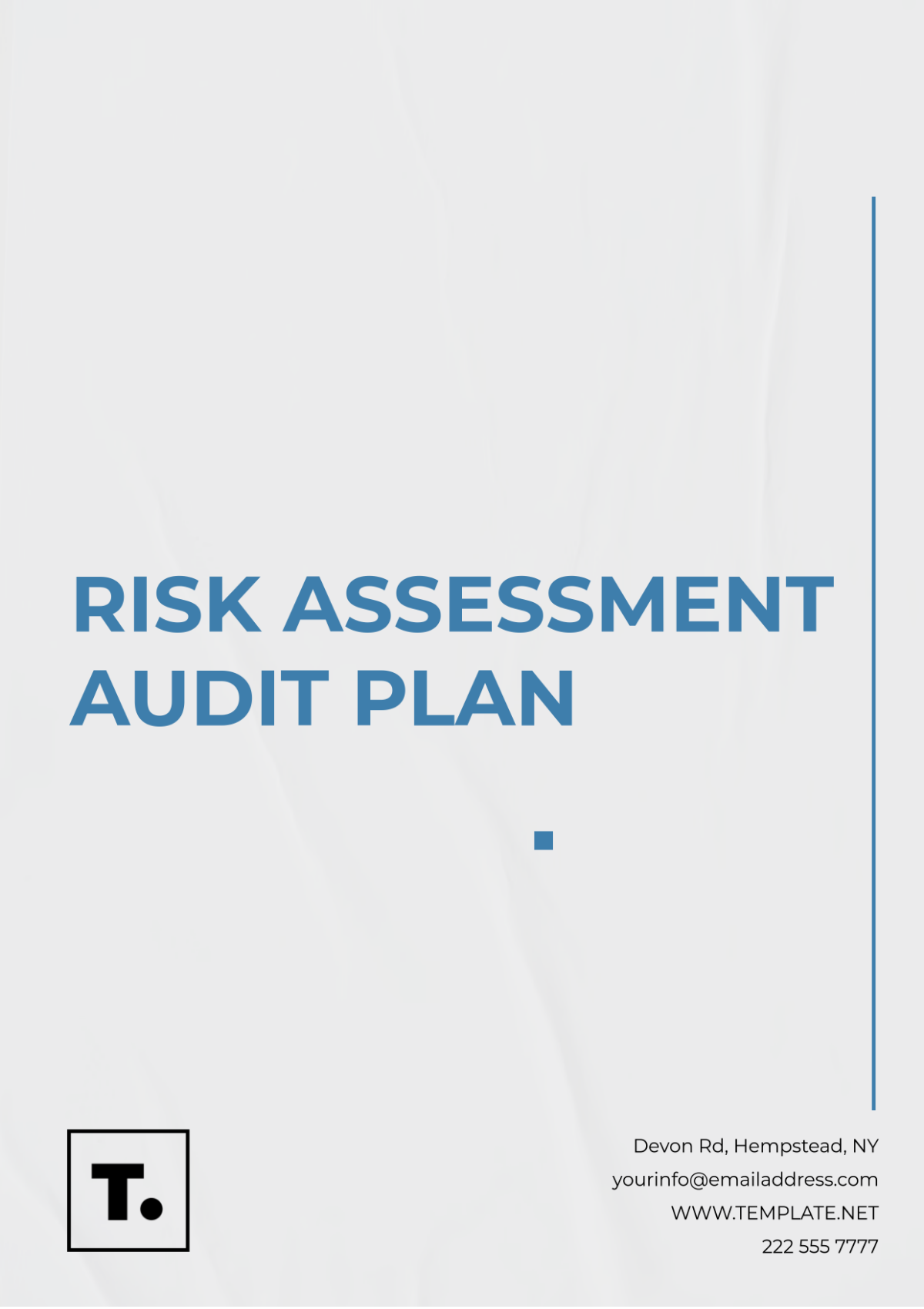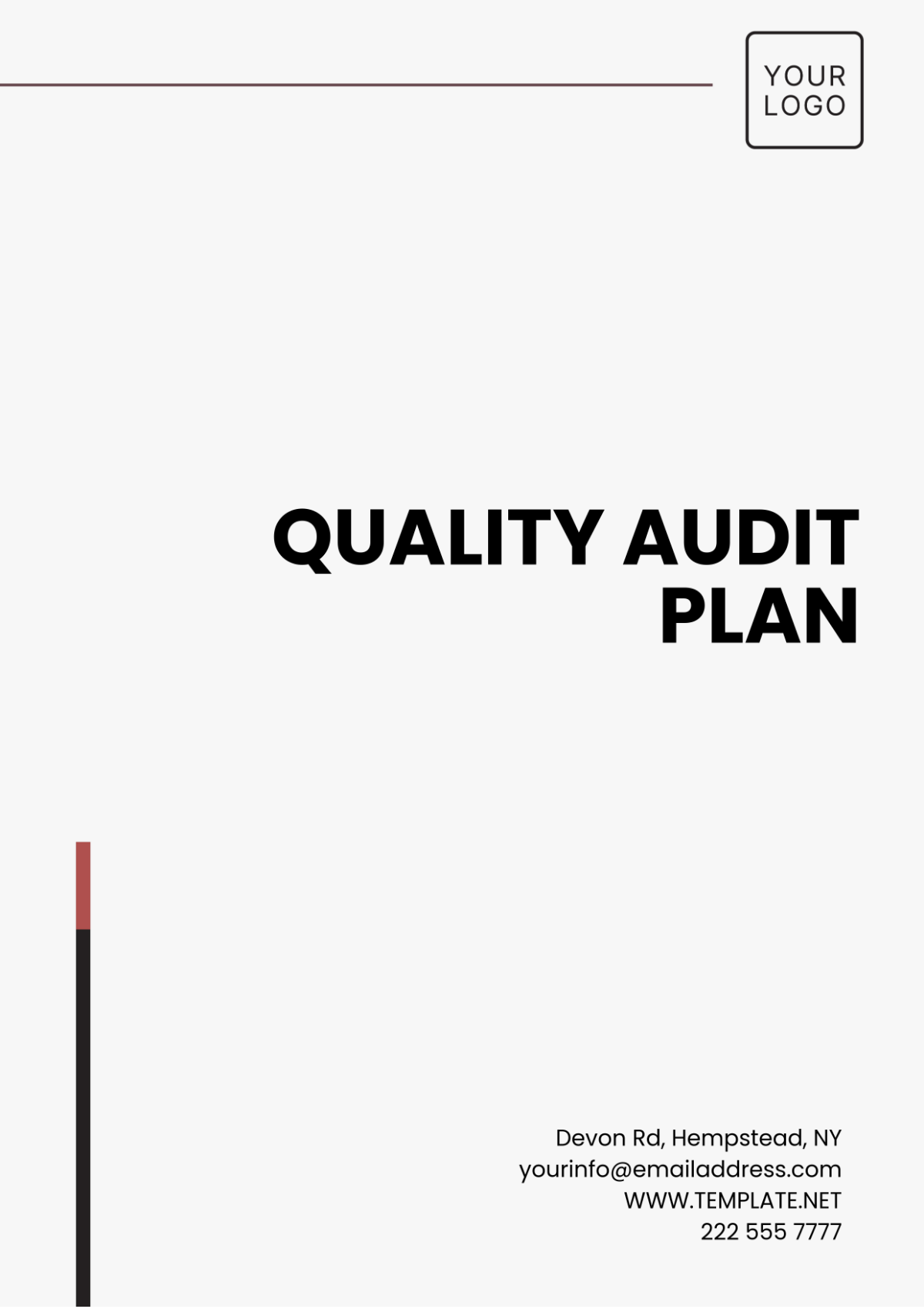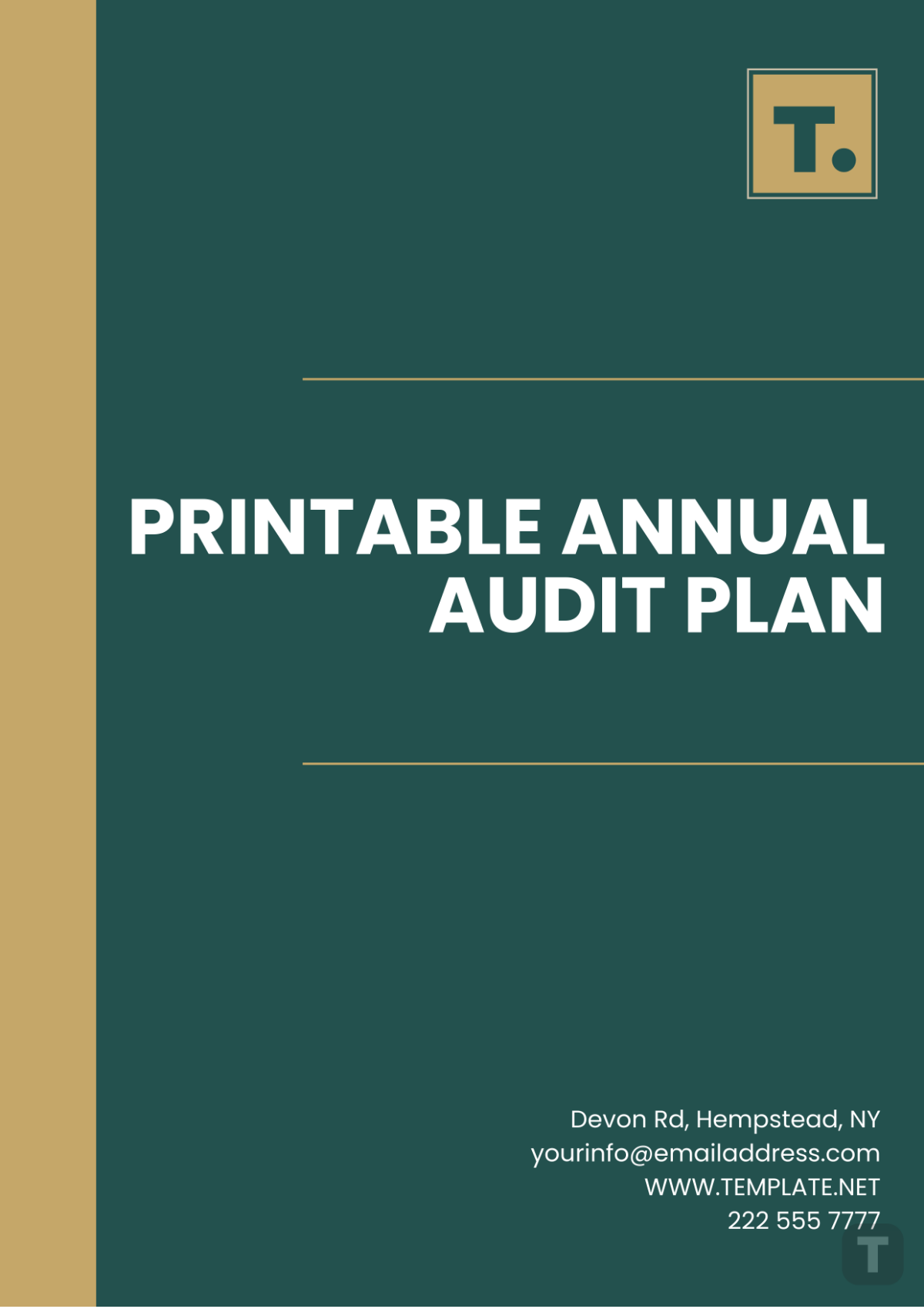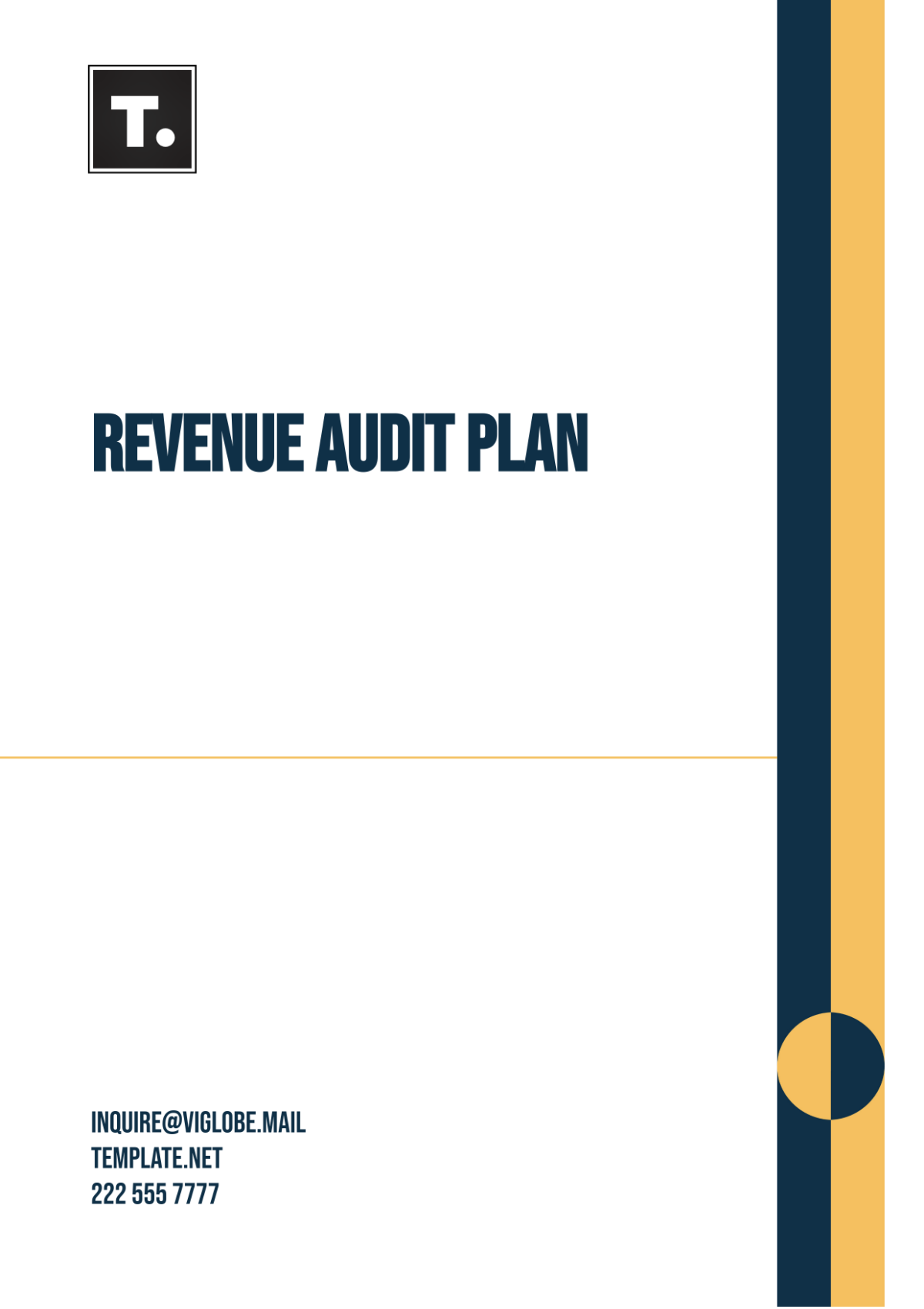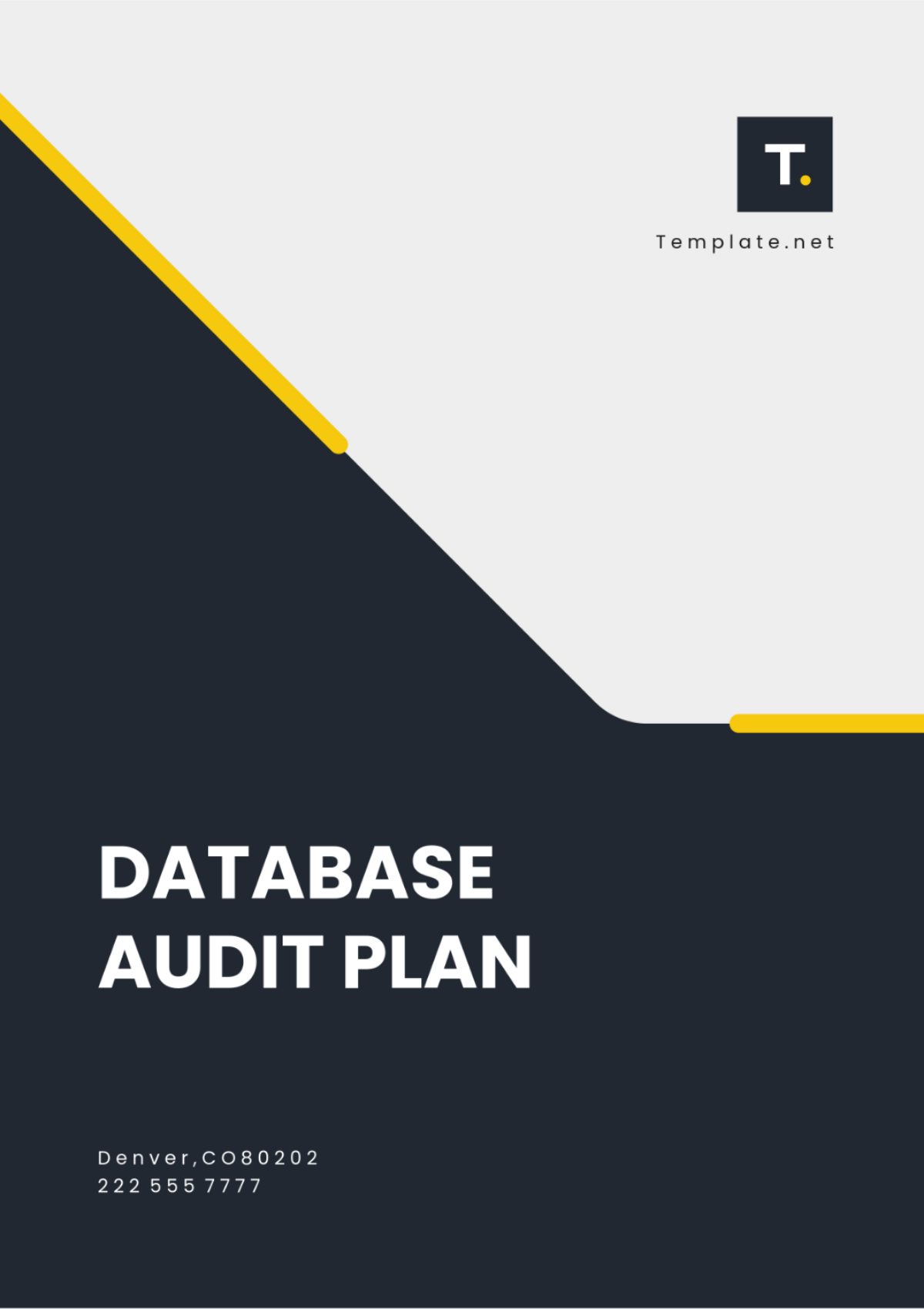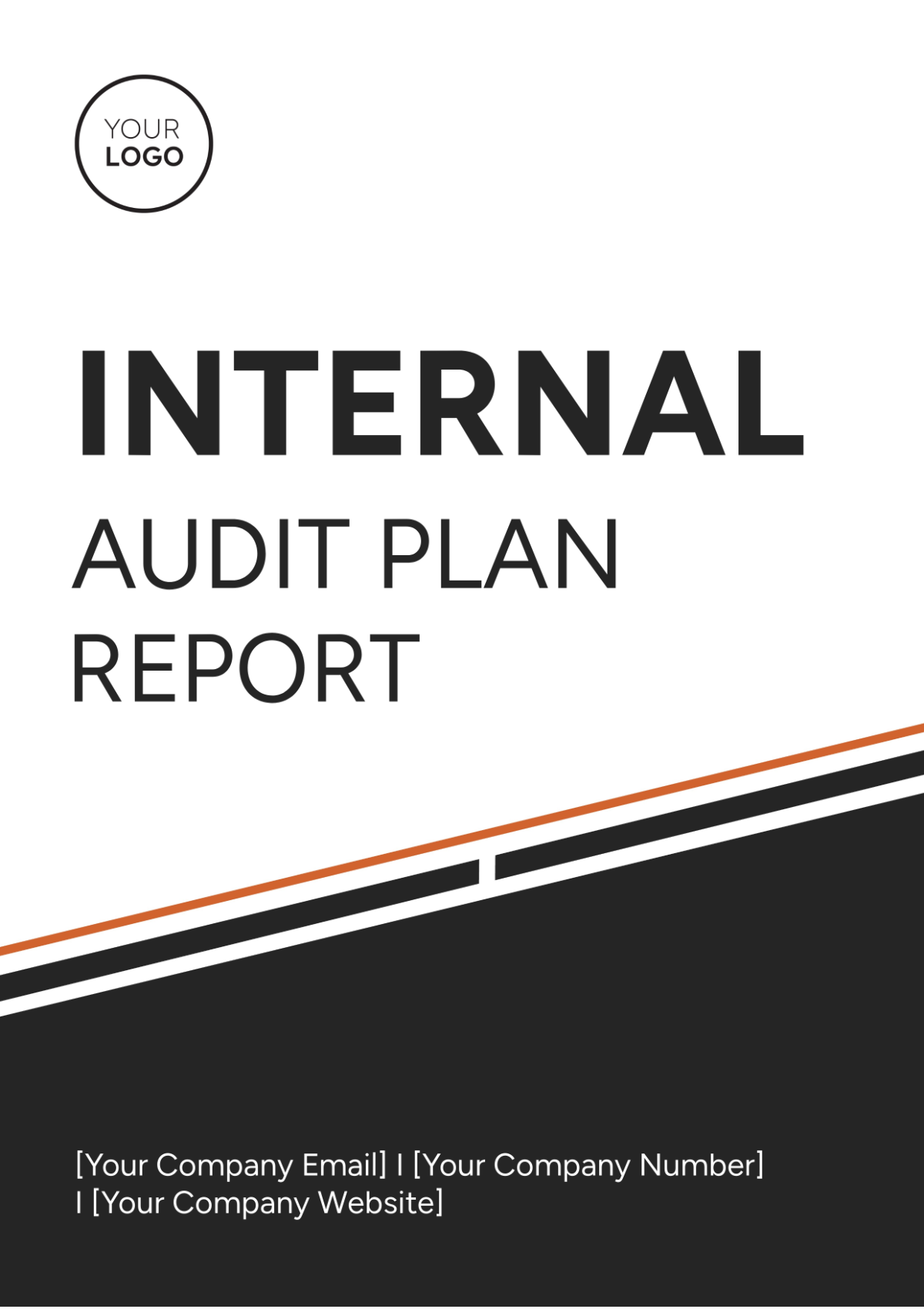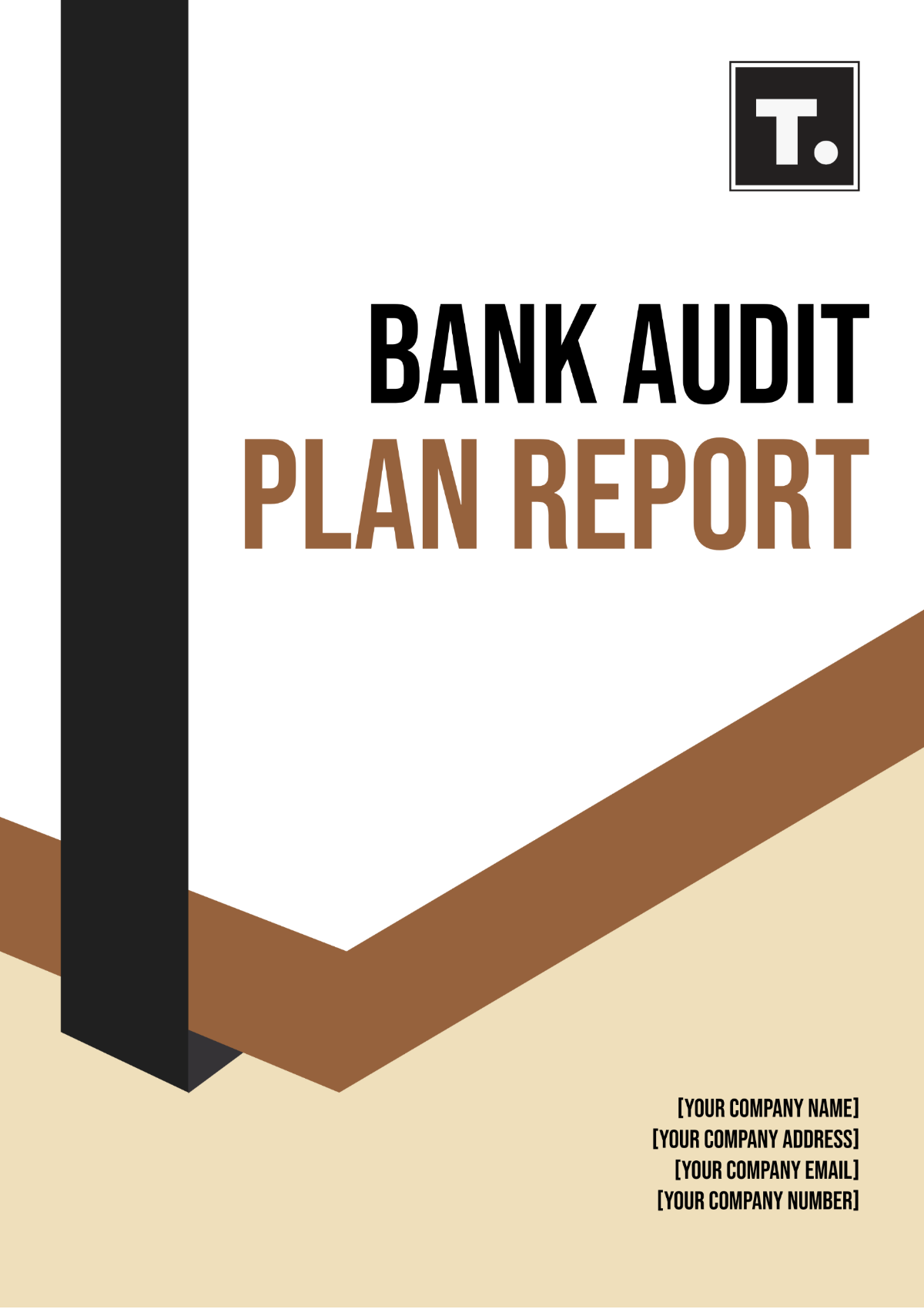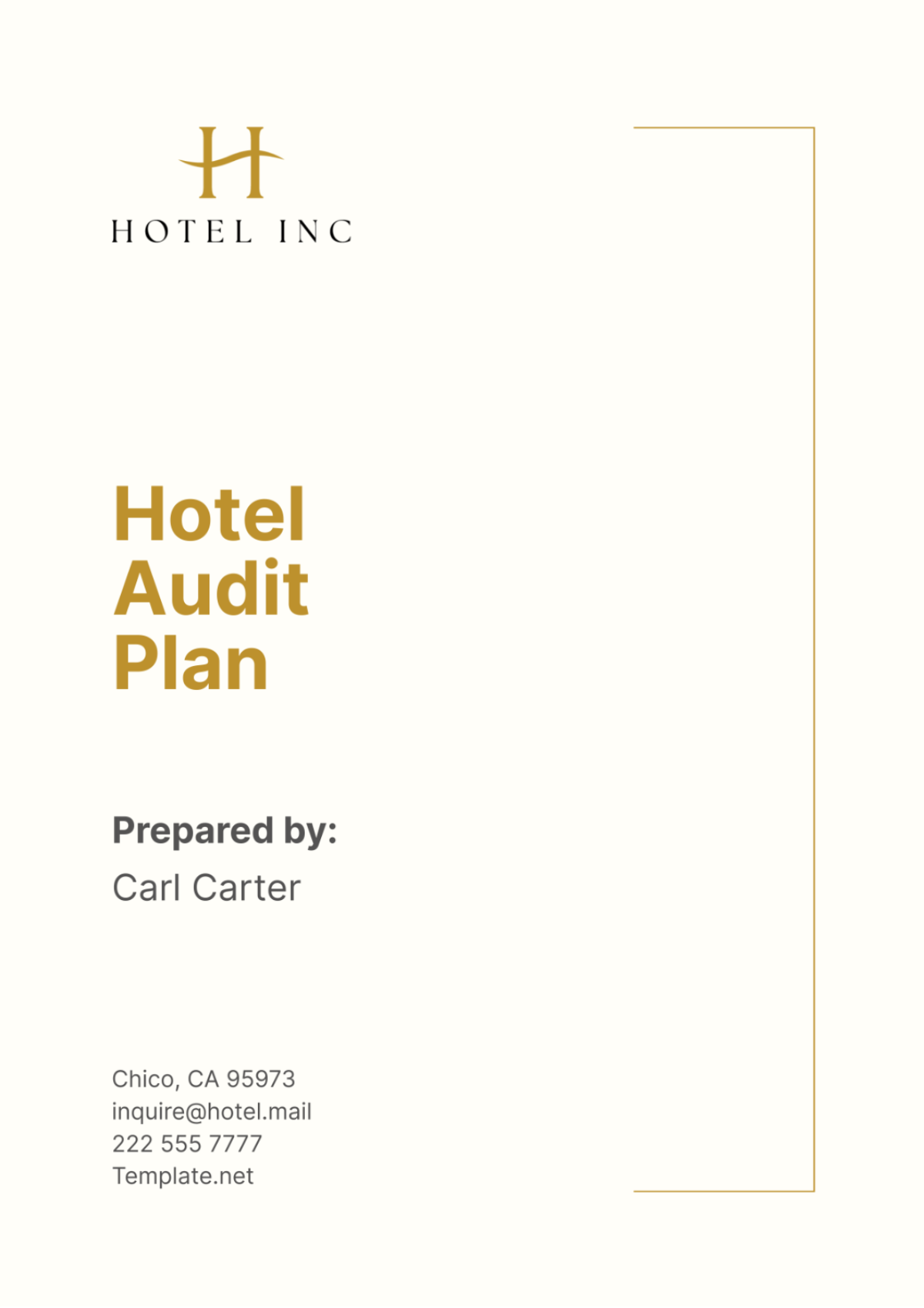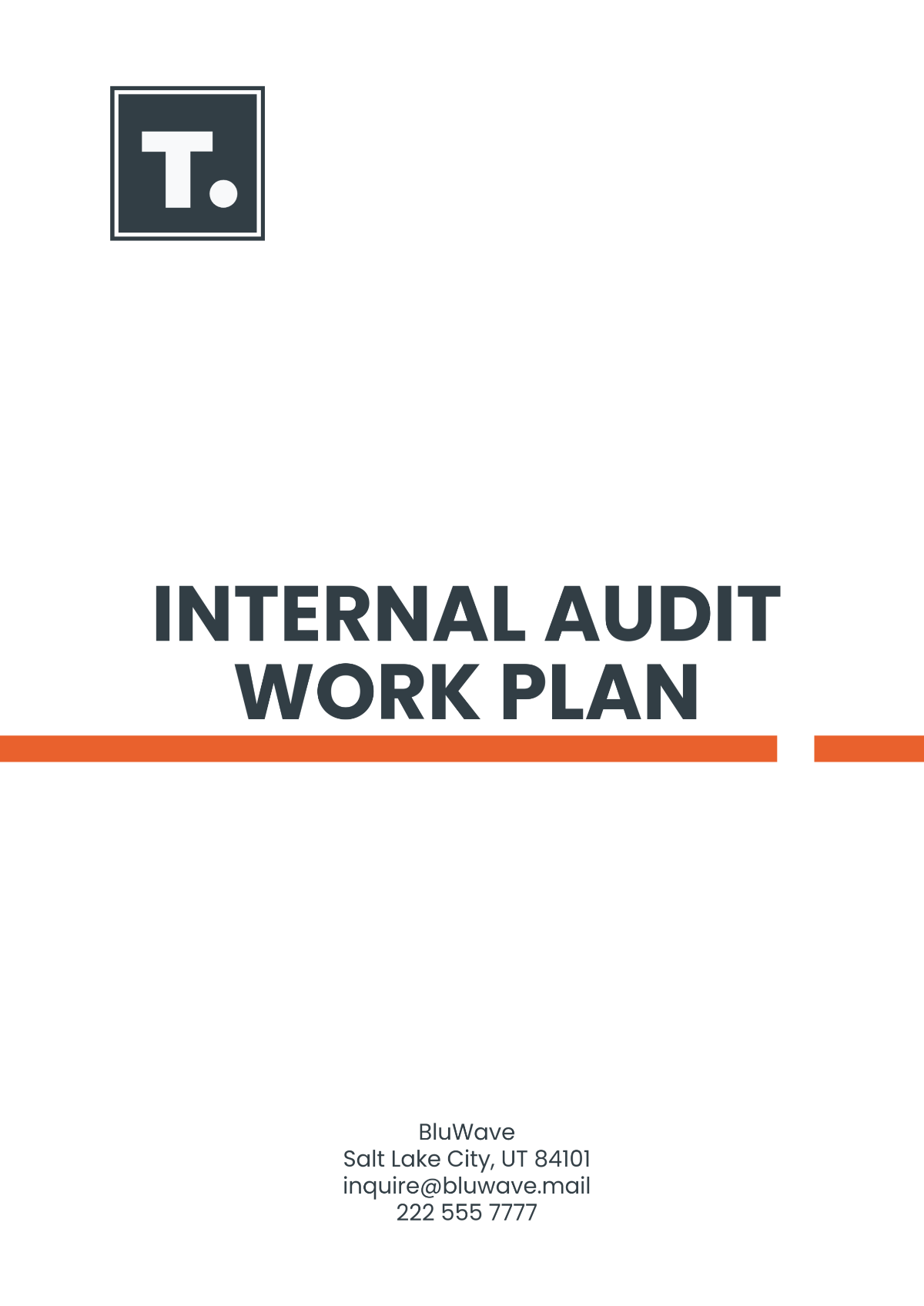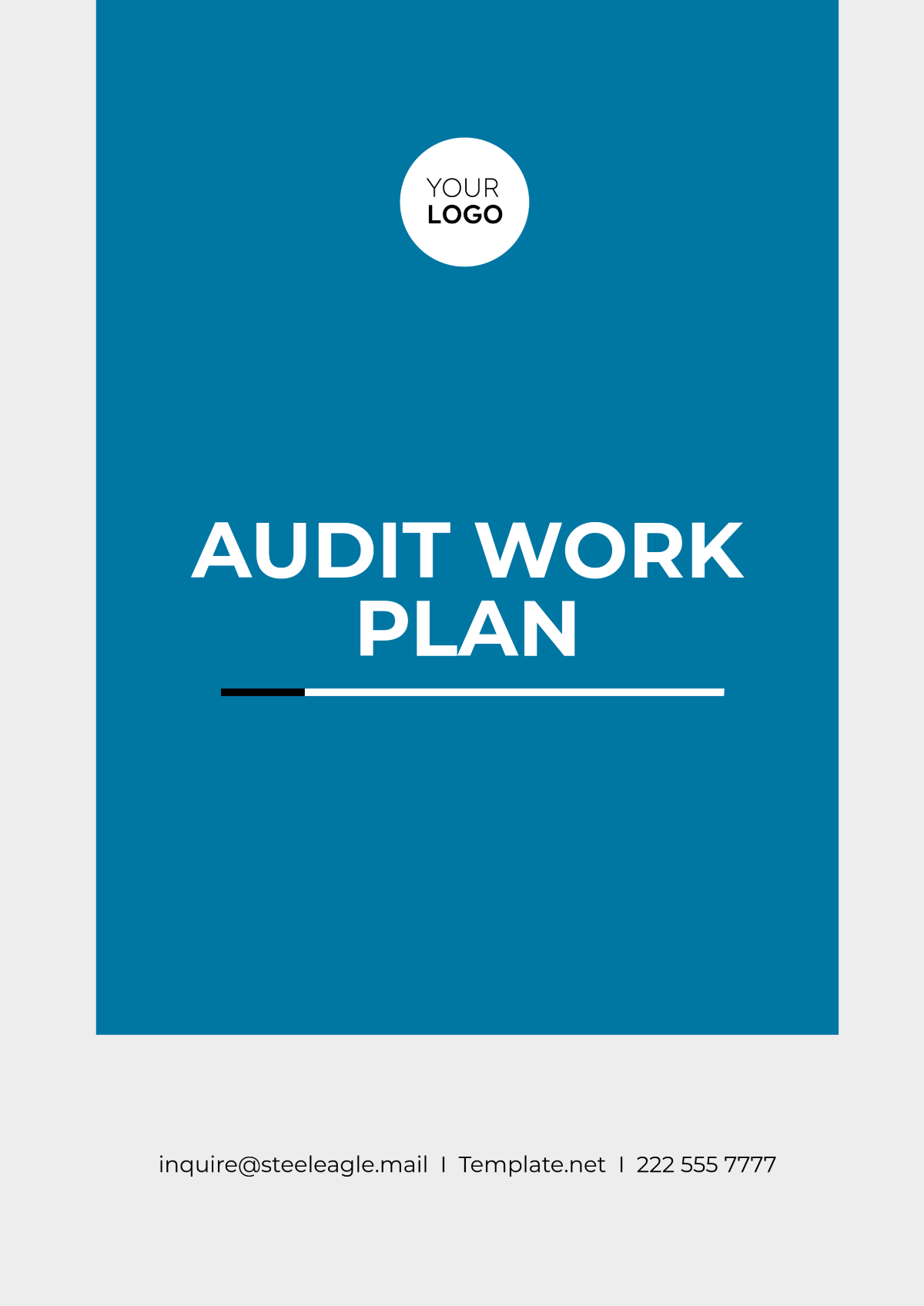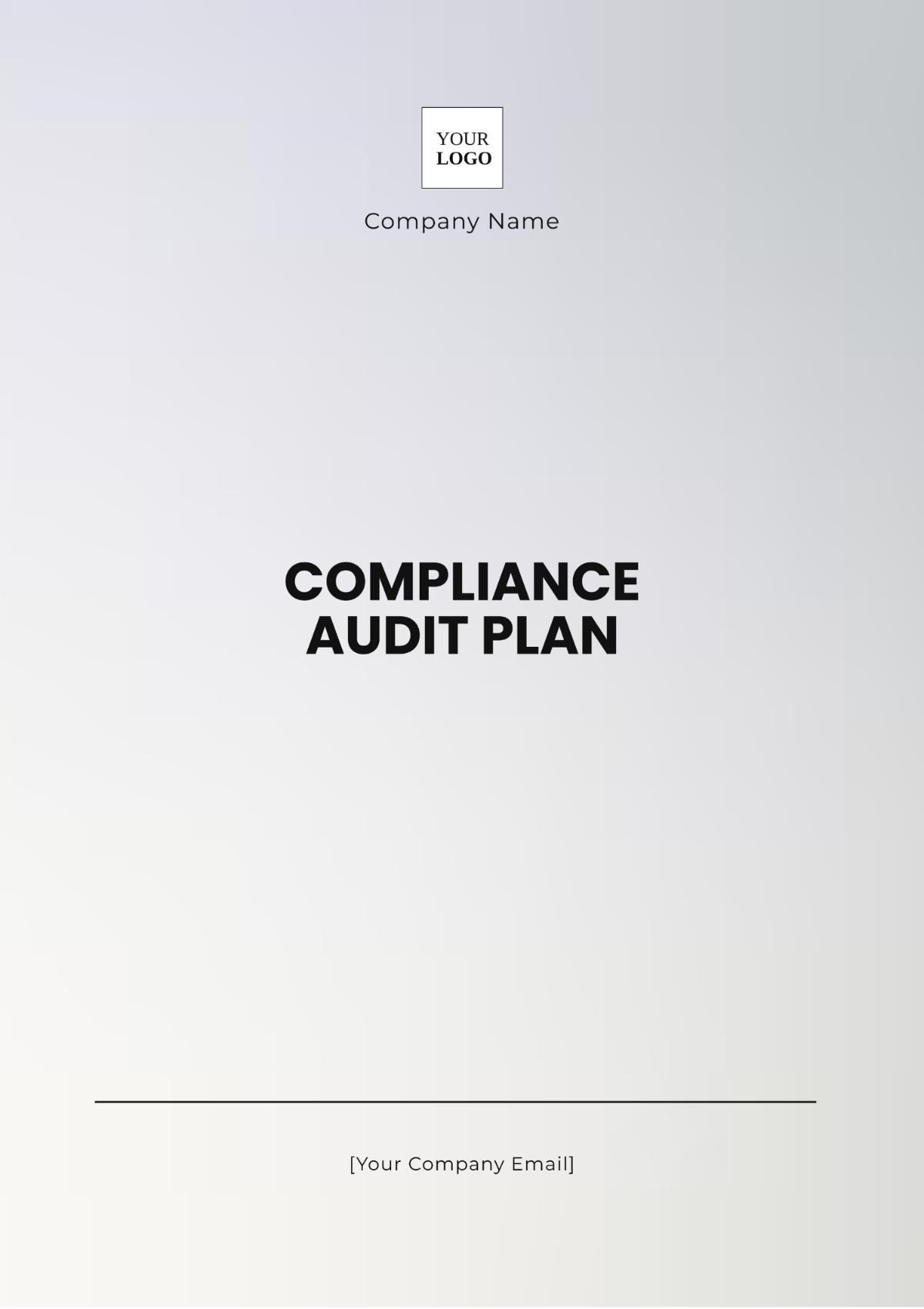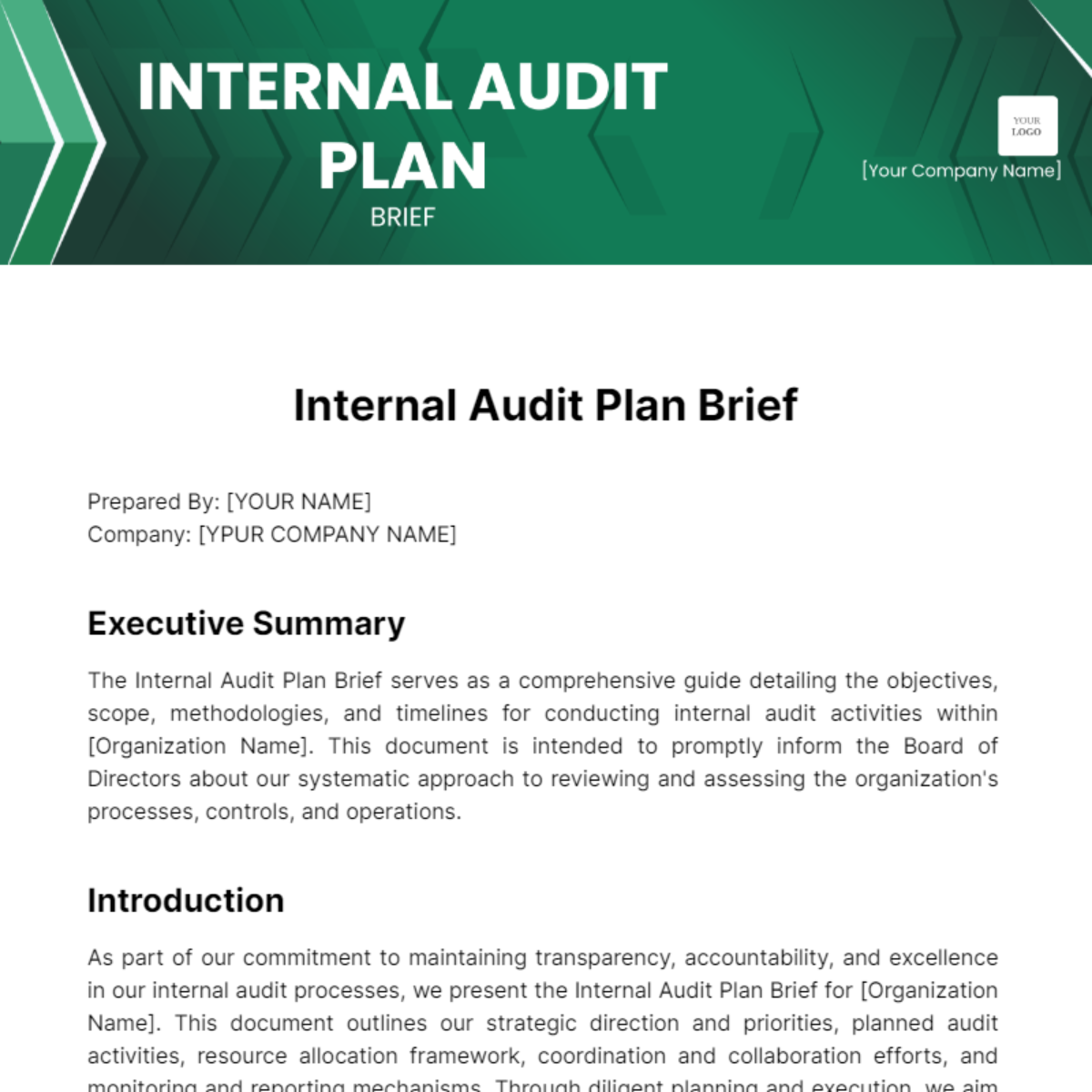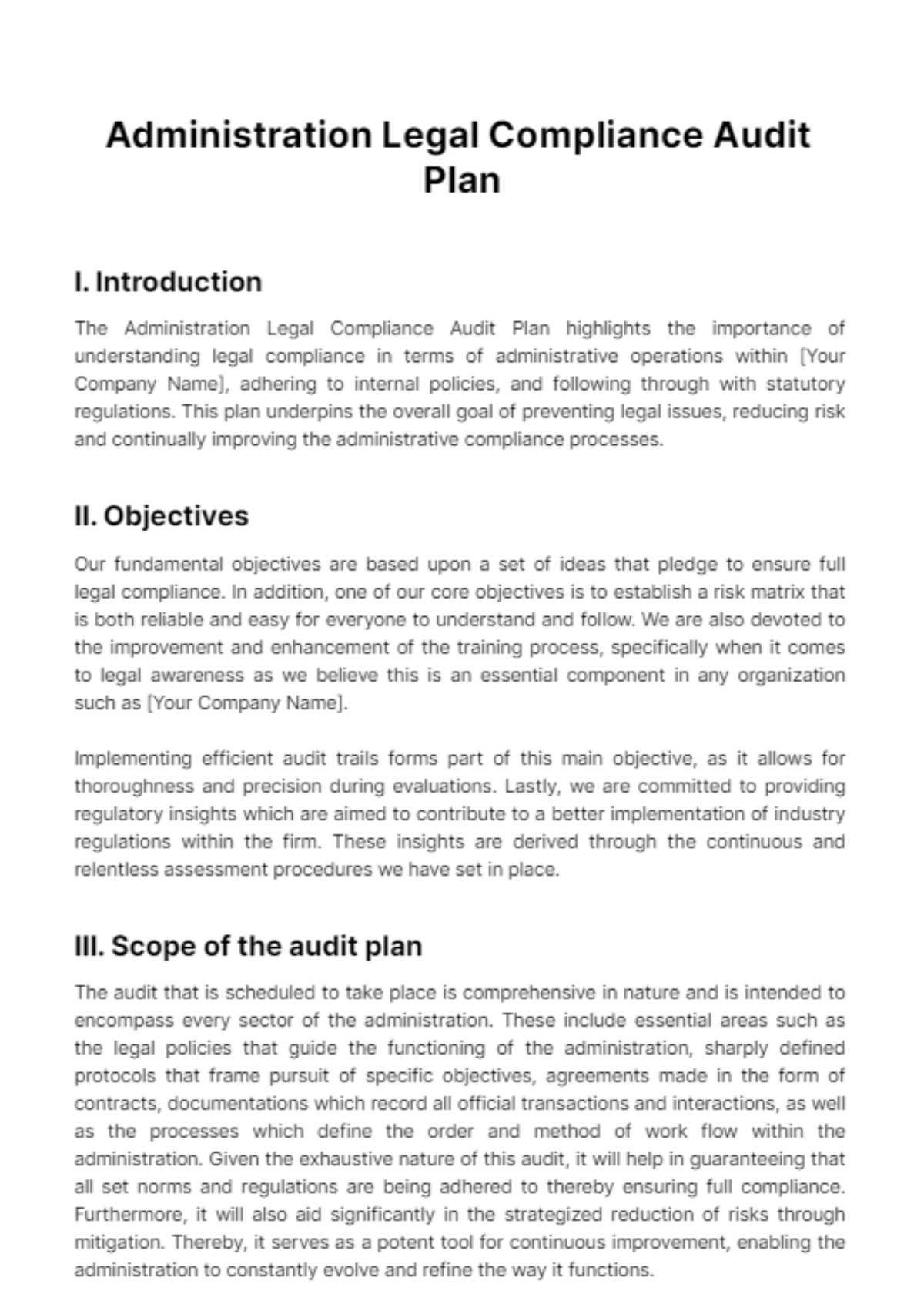Inventory Audit Plan
I. Introduction
This Inventory Audit Plan is designed to provide [Your Company Name] with a structured approach to auditing its inventory systems. A thorough audit will ensure that inventory records are accurate, discrepancies are identified and corrected, and overall inventory management practices are enhanced.
1.1 Purpose of the Inventory Audit
The primary purpose of conducting an inventory audit for [Your Company Name] is to verify the actual stock counts of raw materials, finished goods, and work-in-progress items. This audit aims to improve the accuracy of inventory records and ensure that the company's inventory practices comply with internal policies, as well as external regulations such as GAAP (Generally Accepted Accounting Principles).
1.2 Scope of the Inventory Audit
The audit will cover all inventory items stored across the company's warehouses in New York, Chicago, and Dallas, including distribution centers and production sites. The audit will assess the accuracy of inventory records, evaluate storage conditions, and check adherence to [Your Company Name]'s inventory management procedures.
II. Planning and Preparation
2.1 Inventory Audit Objectives
Verify the accuracy of inventory records for each warehouse and distribution center.
Identify discrepancies, such as overstock, understock, or damaged goods.
Ensure compliance with ABC Manufacturing's internal controls, accounting standards, and inventory management procedures.
2.2 Resources Required
Resource | Details |
|---|---|
Audit Team | A team of 5 auditors led by John Doe, Senior Auditor, with expertise in inventory management and accounting. |
Technology Tools | Barcode scanners, RFID readers, SAP Inventory Management Software, and handheld mobile auditing tools. |
Documentation | Current inventory records, past audit reports, company policies, and ISO 9001 guidelines. |
III. Audit Procedures
3.1 Data Collection
The audit team will start by gathering inventory data from SAP Inventory Management Software. Initial inventory records will include stock levels at the company's New York, Chicago, and Dallas facilities. Physical counts will be conducted using barcode scanners and RFID readers.
3.2 Reconciliation Process
Review current inventory records from SAP.
Conduct a comprehensive physical count of inventory in each facility.
Compare physical counts with recorded amounts in the system.
Investigate discrepancies such as stockouts, overstock, or damaged goods, and verify inventory aging reports.
3.3 Reporting and Documentation
The audit team will document all findings, including any discrepancies between recorded and physical counts, issues with storage conditions, and compliance gaps. The final audit report will include recommendations for process improvements, such as updating inventory management software or revising storage procedures. This report will be submitted to the CFO, Jane Smith, and the Operations Director, Tom Brown, for further review and necessary action.
IV. Conclusion
By adhering to this detailed Inventory Audit Plan, [Your Company Name] will ensure that its inventory records are accurate and that the company’s inventory management practices are operating at maximum efficiency. Accurate records help improve supply chain operations, reduce wastage, and ensure timely order fulfillment. The final audit report will provide actionable insights for optimizing future inventory management.
